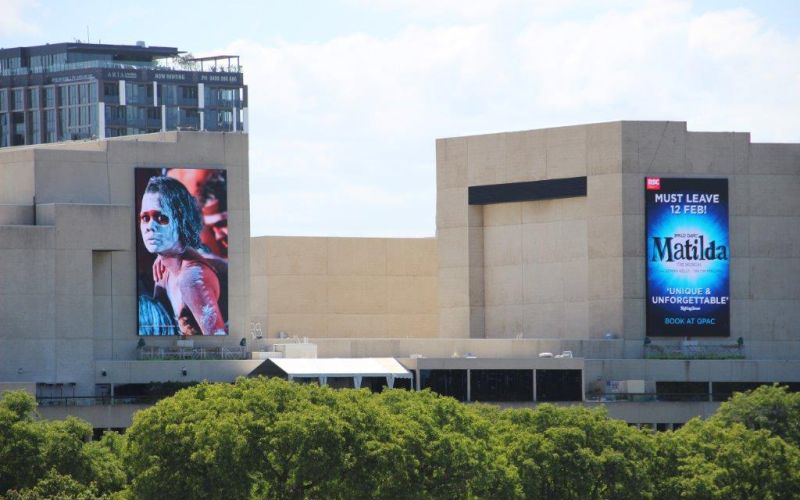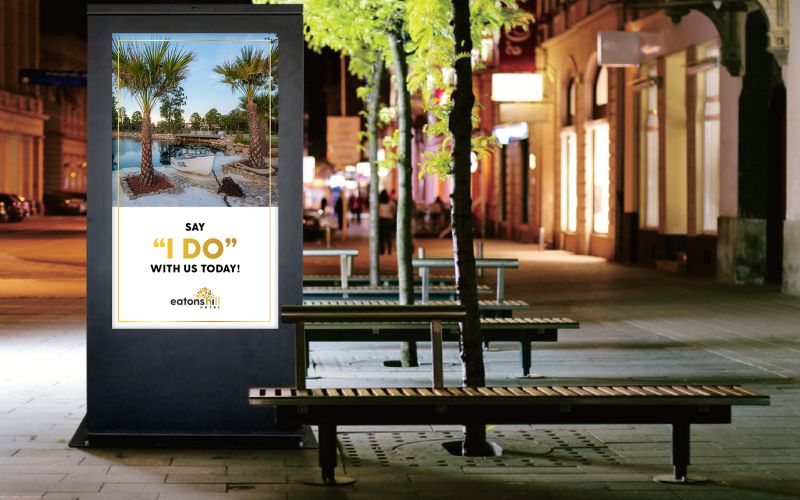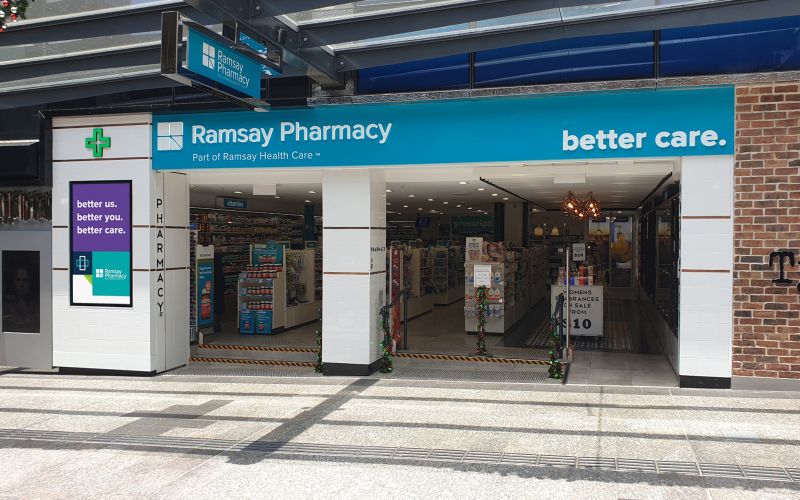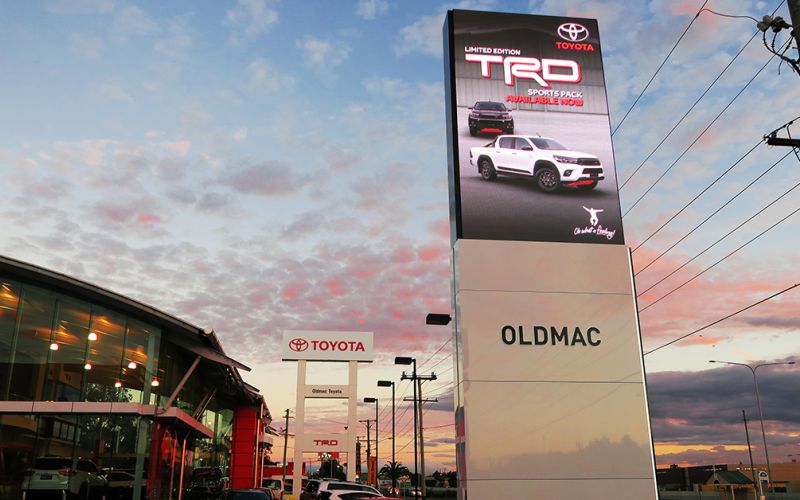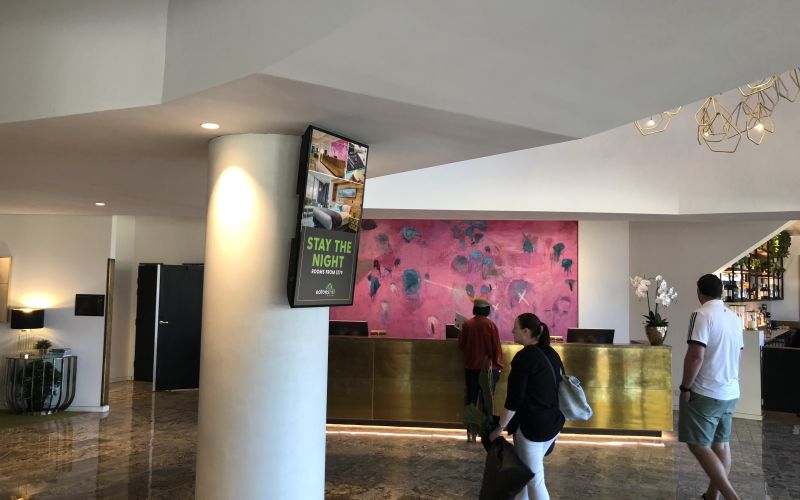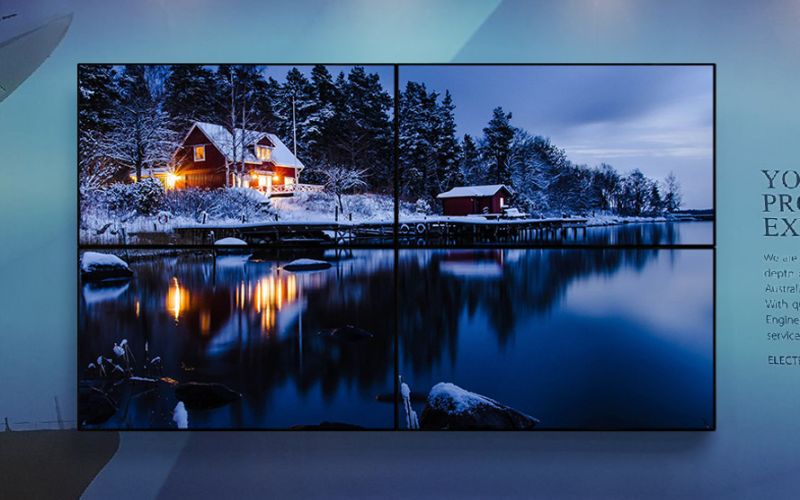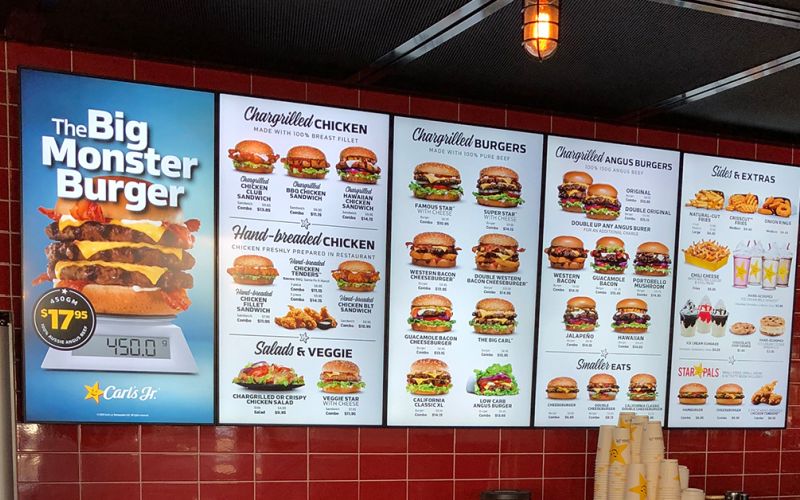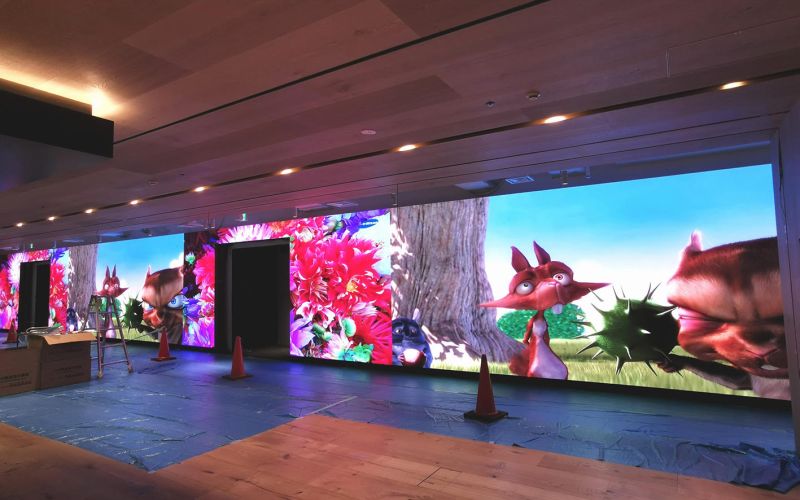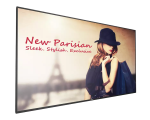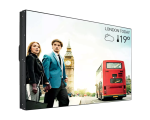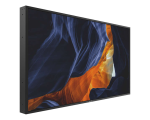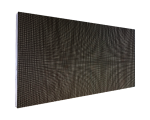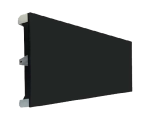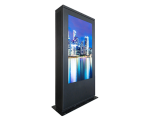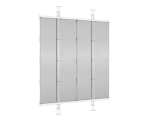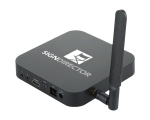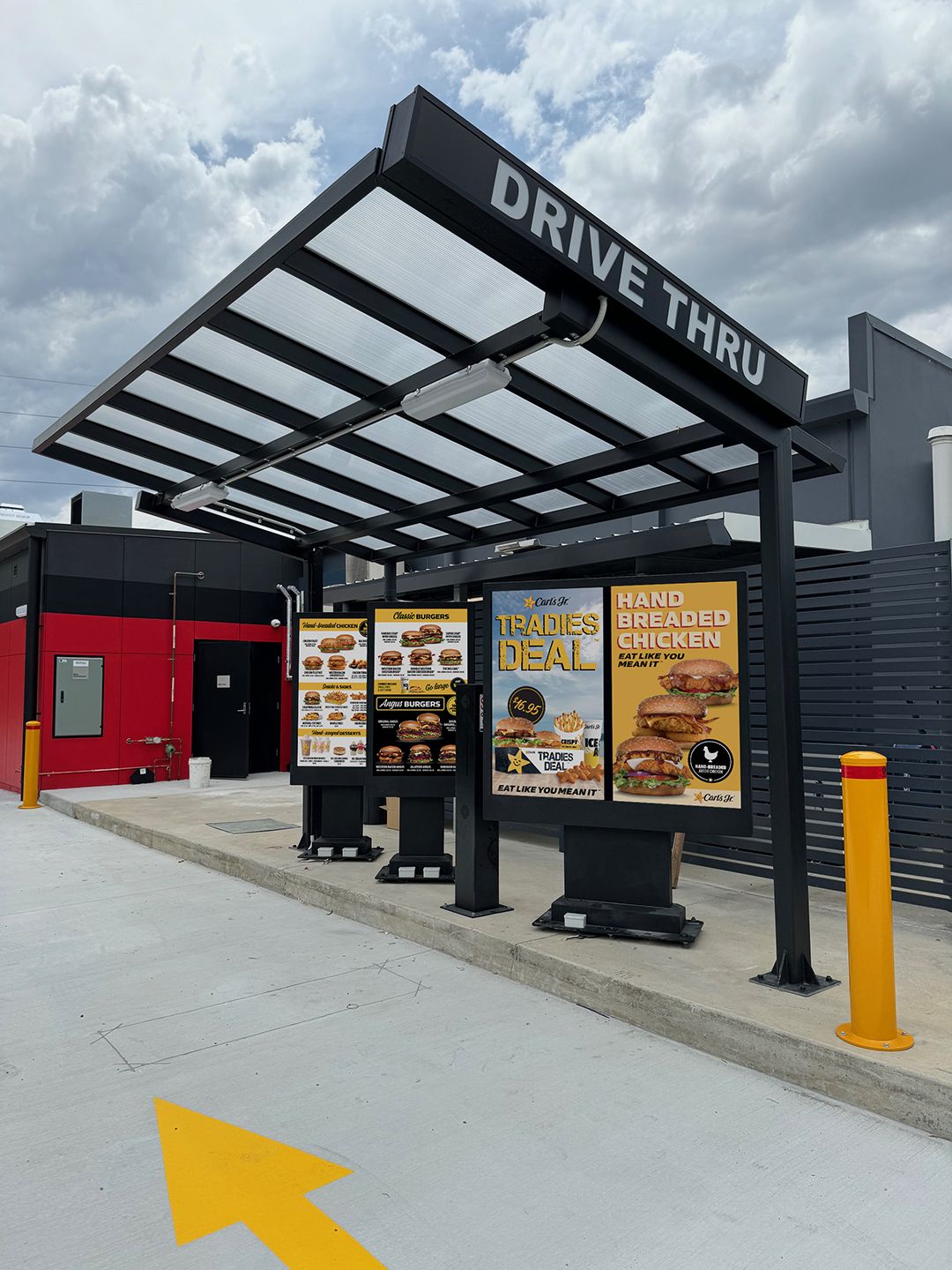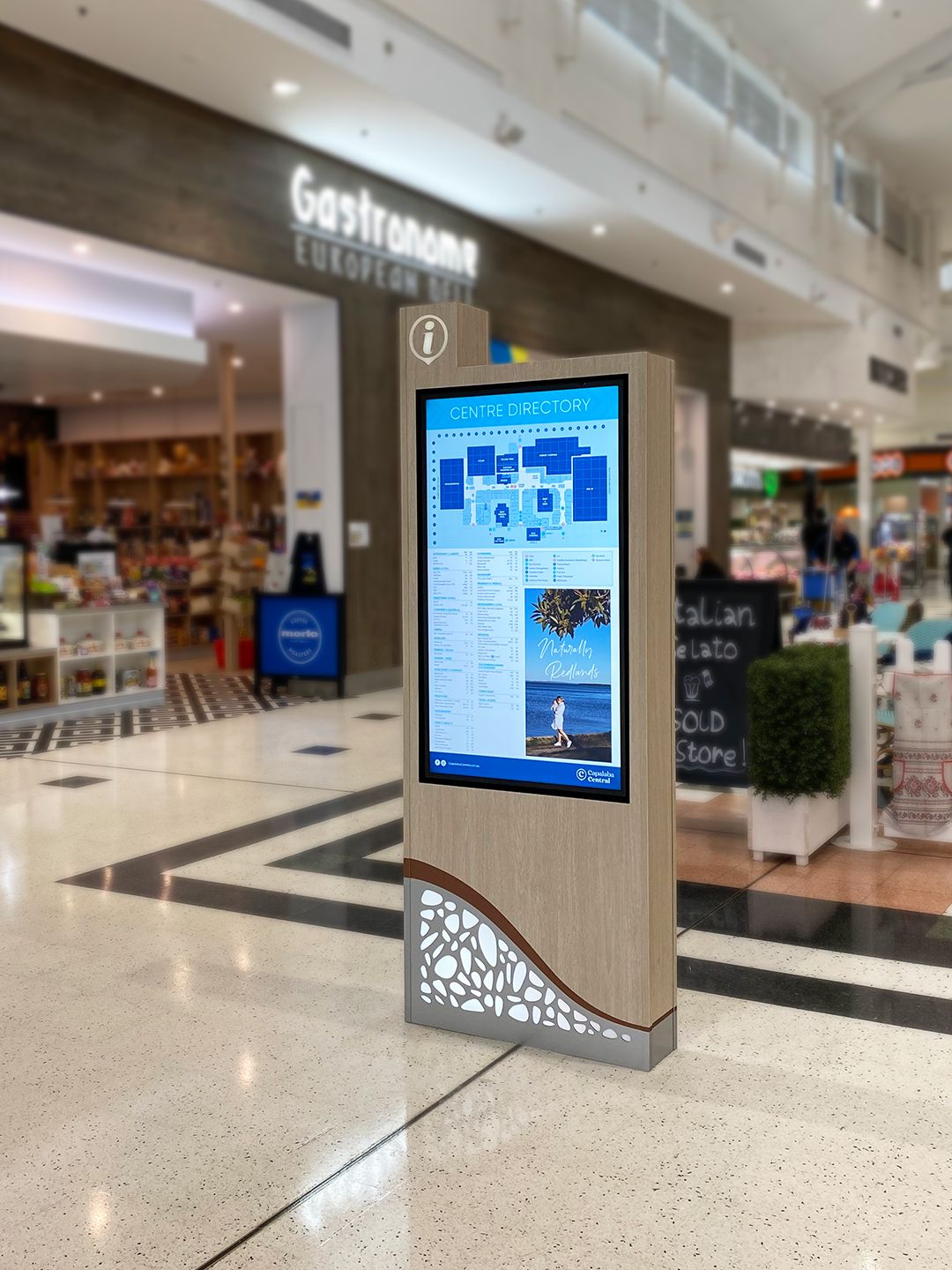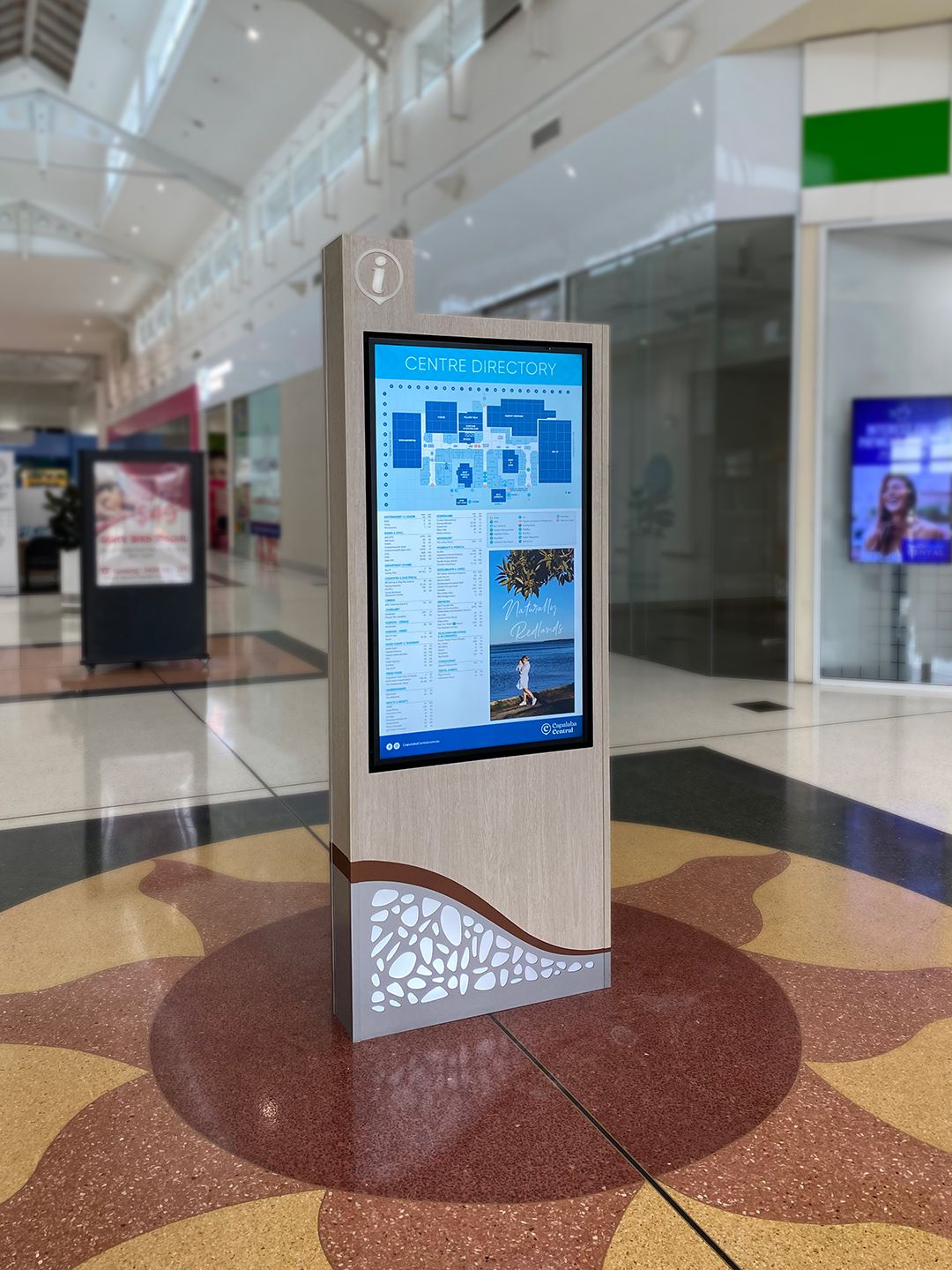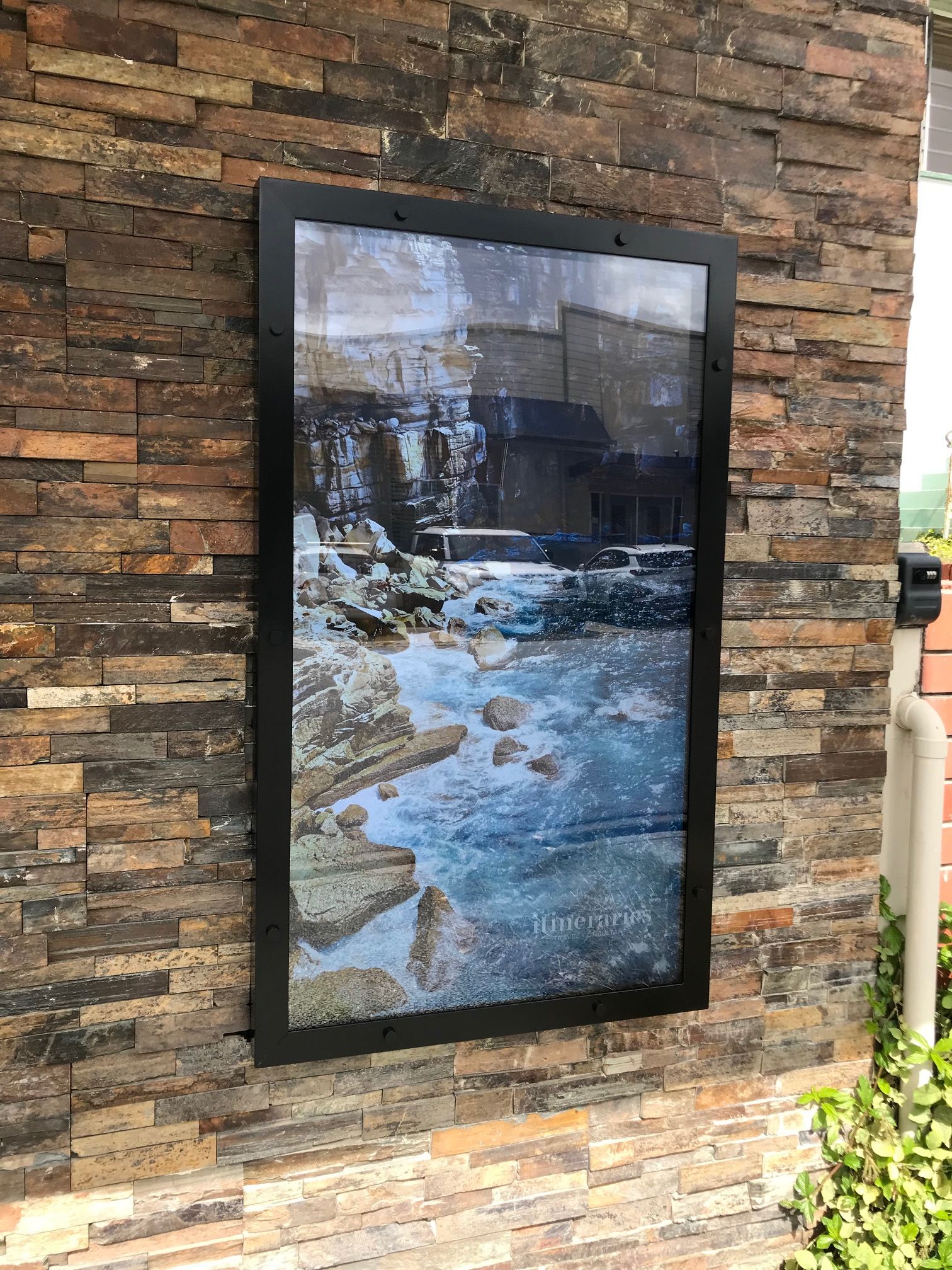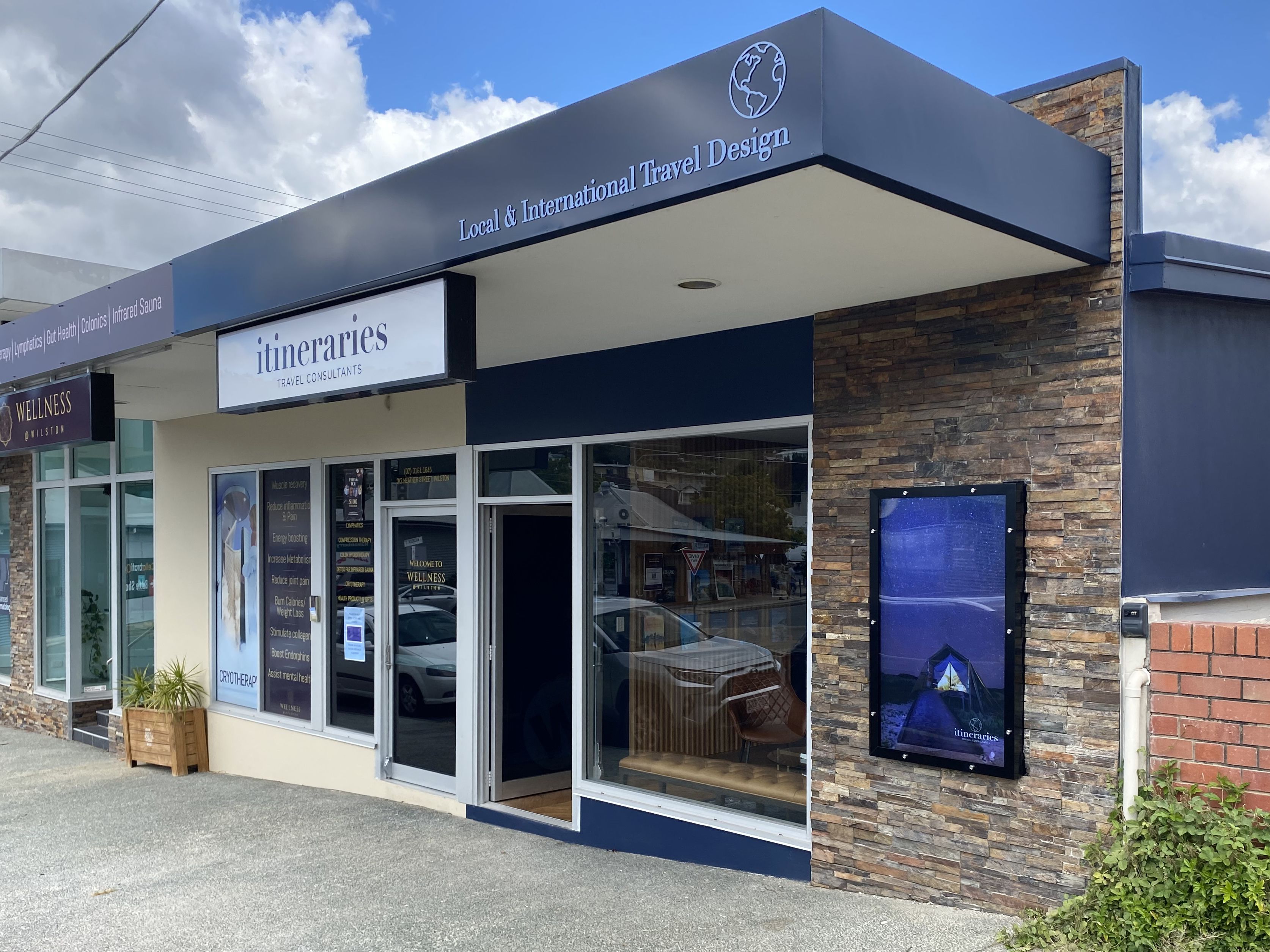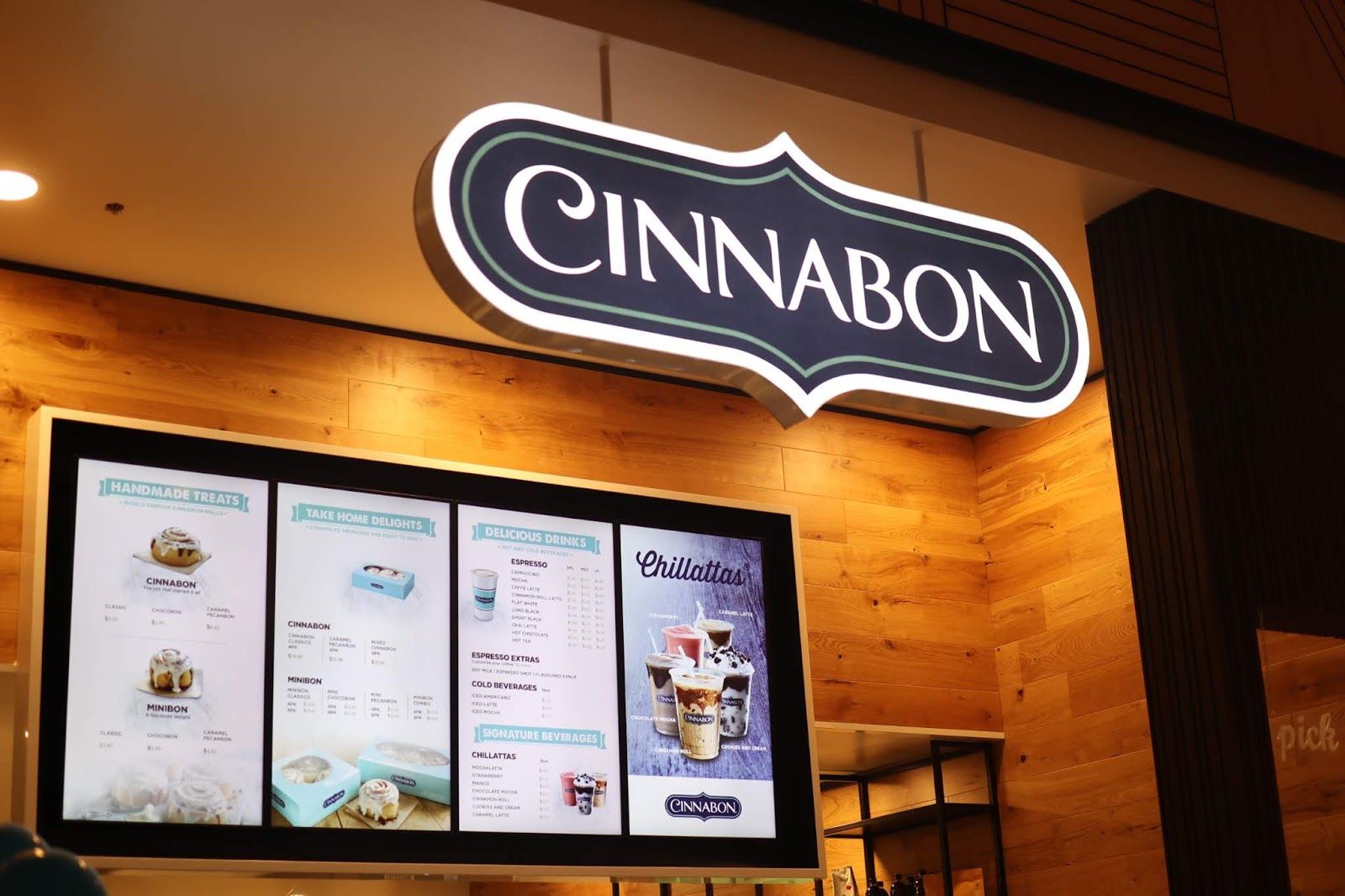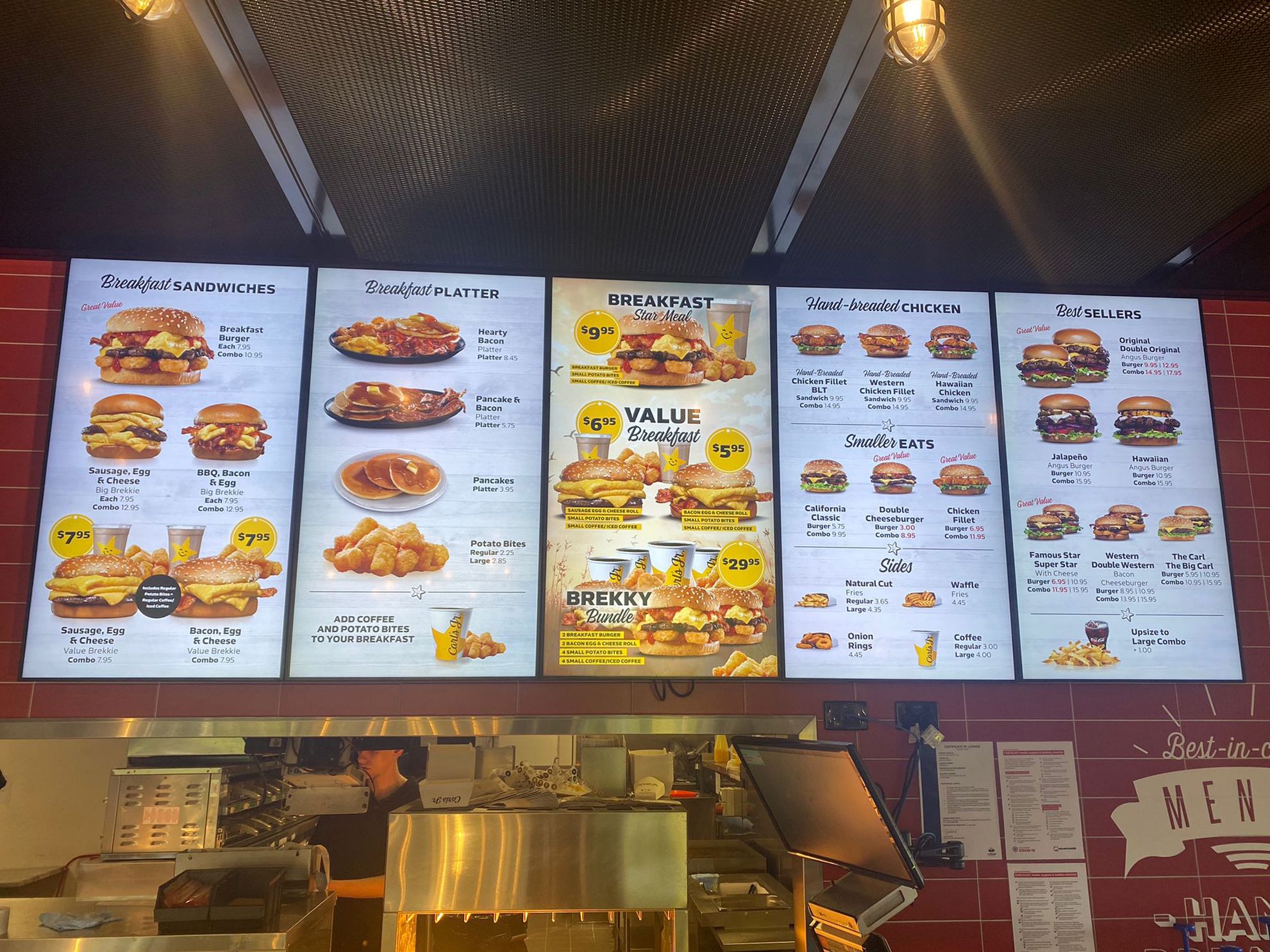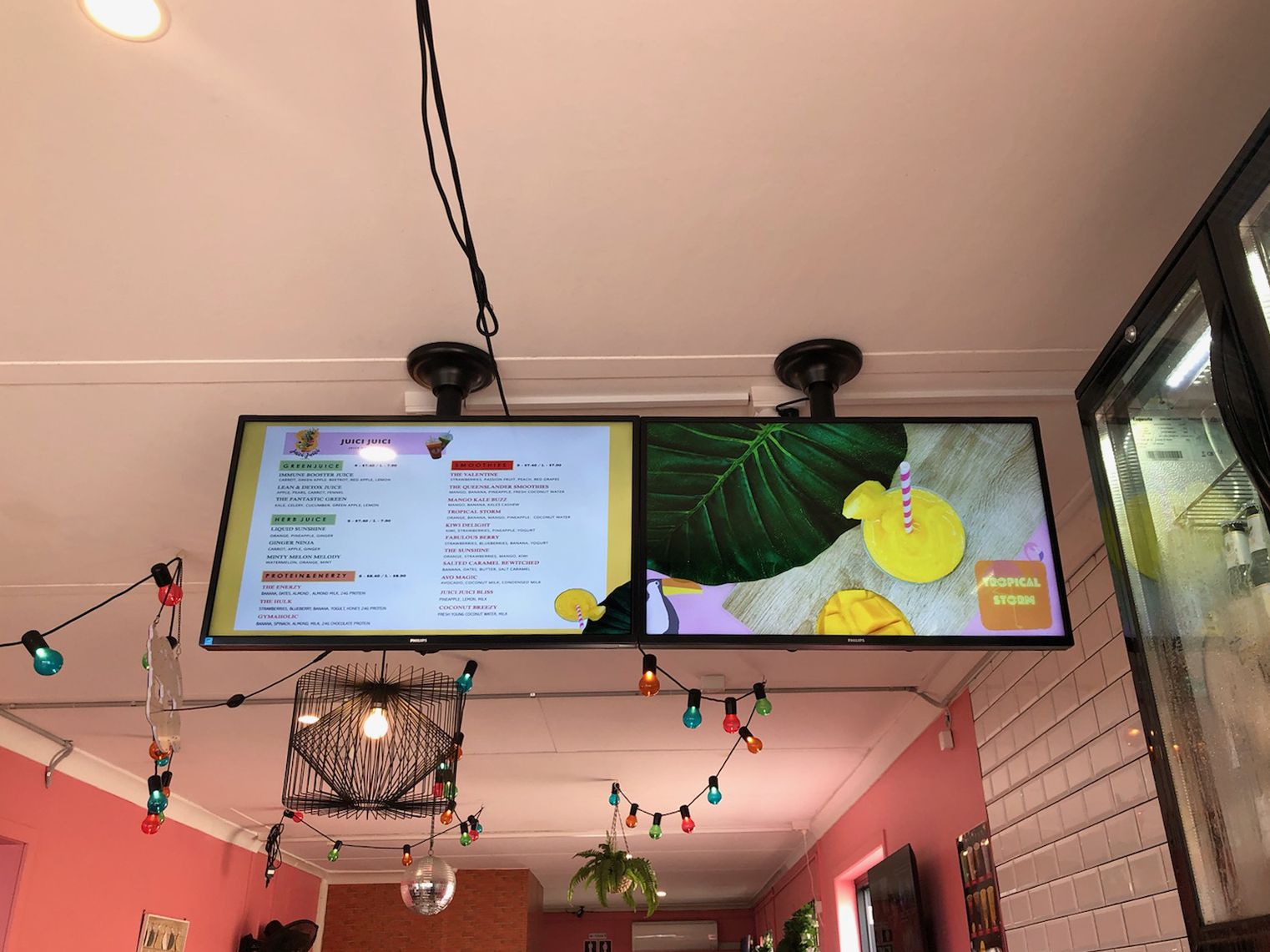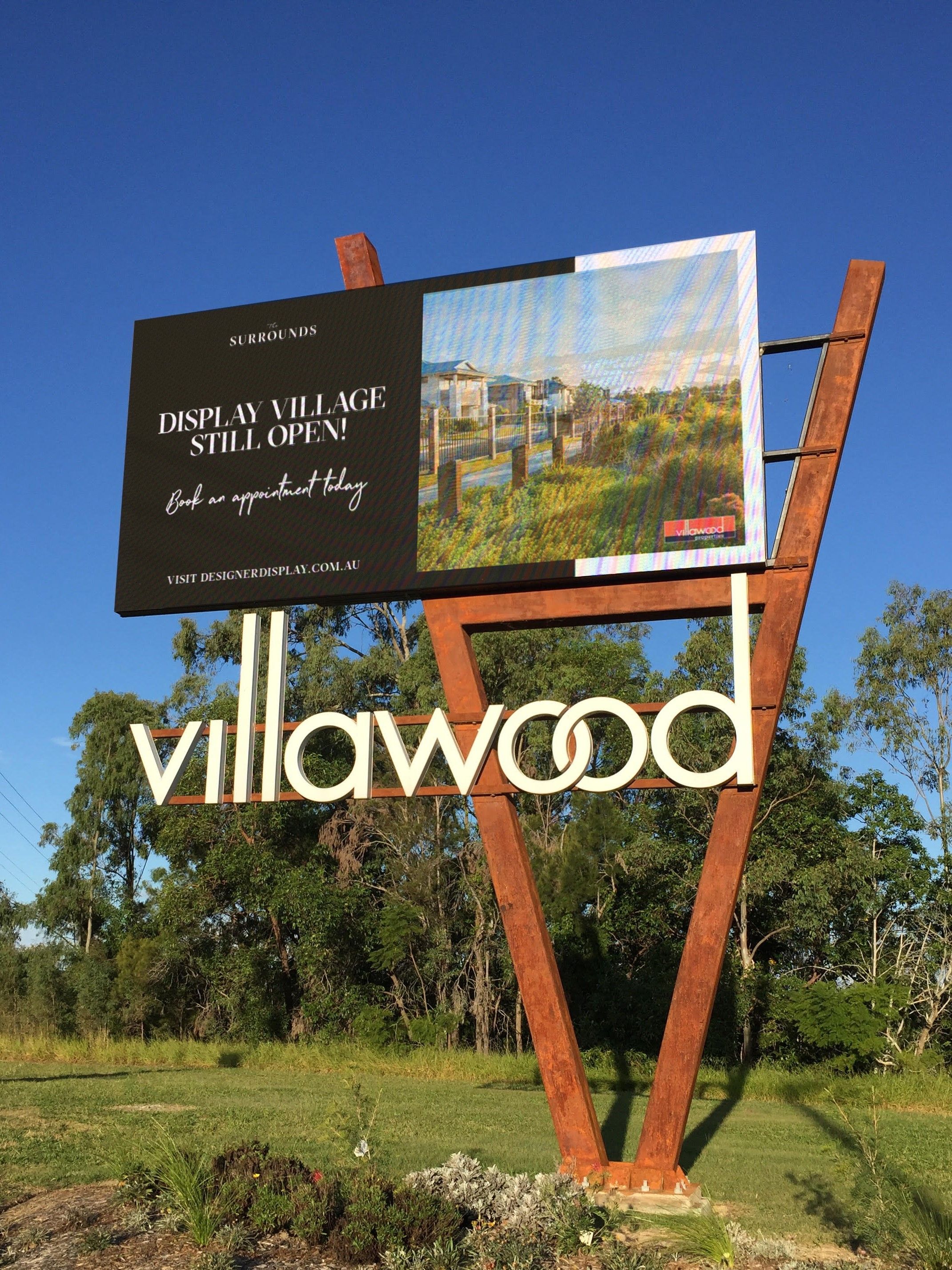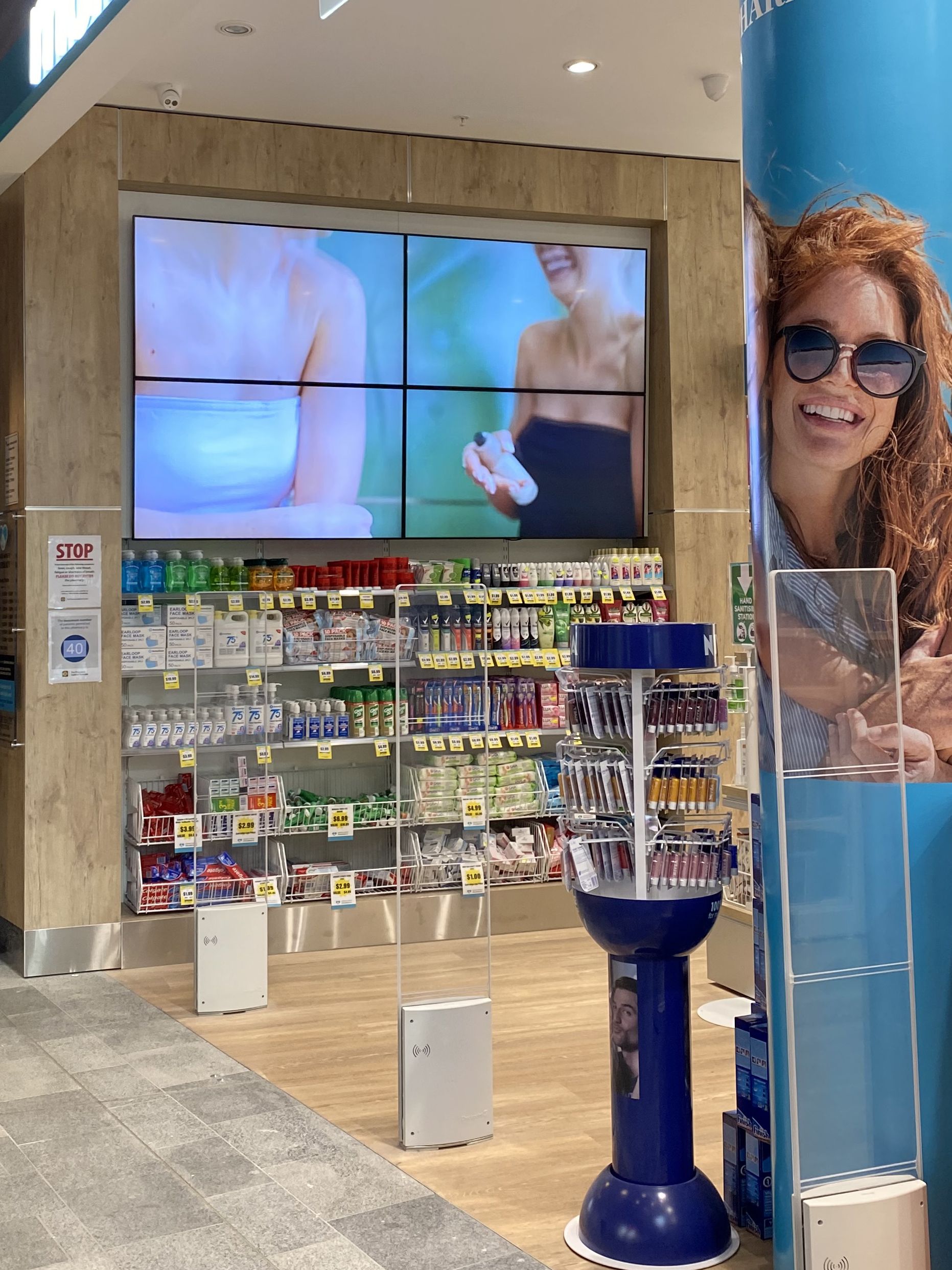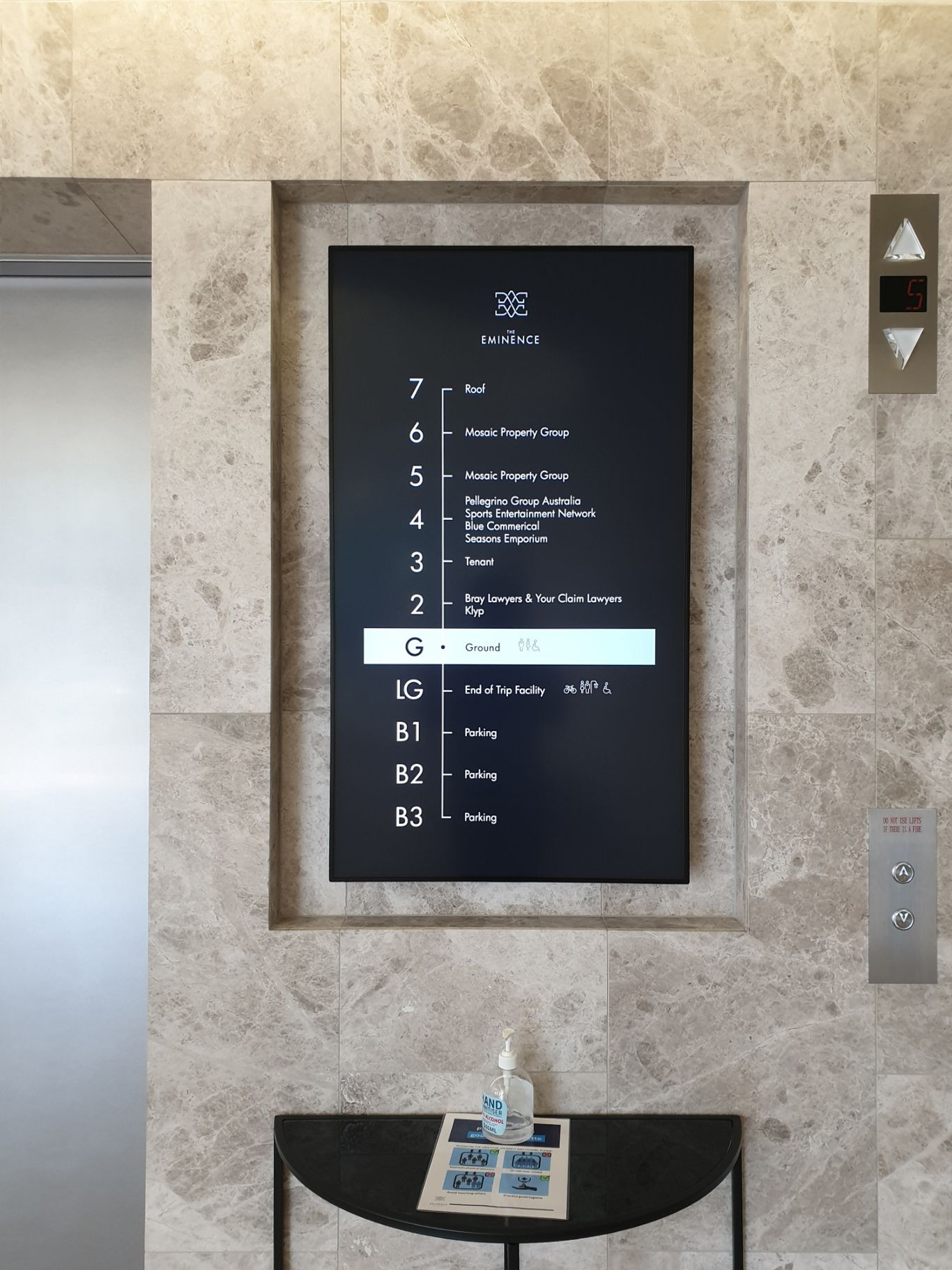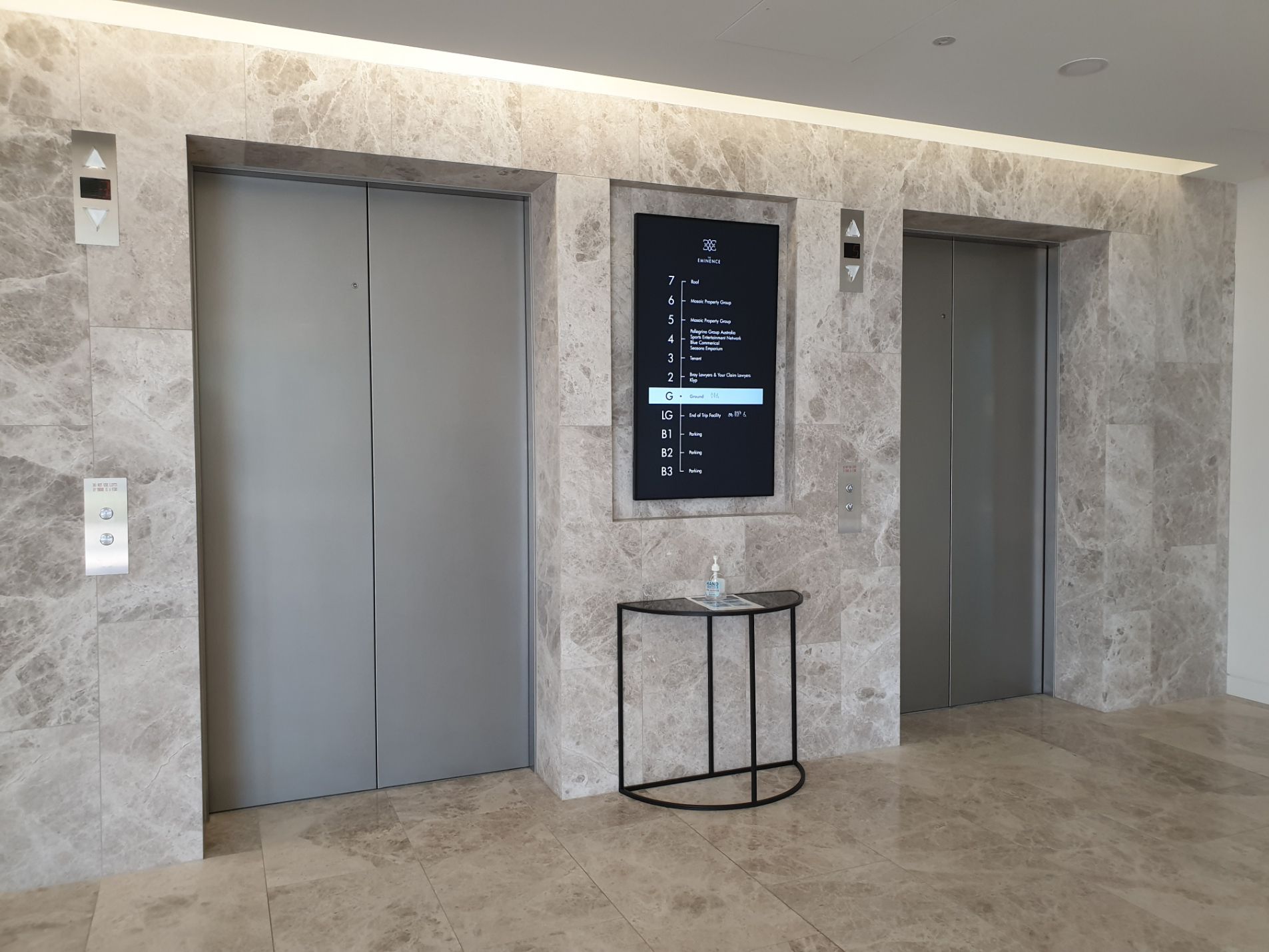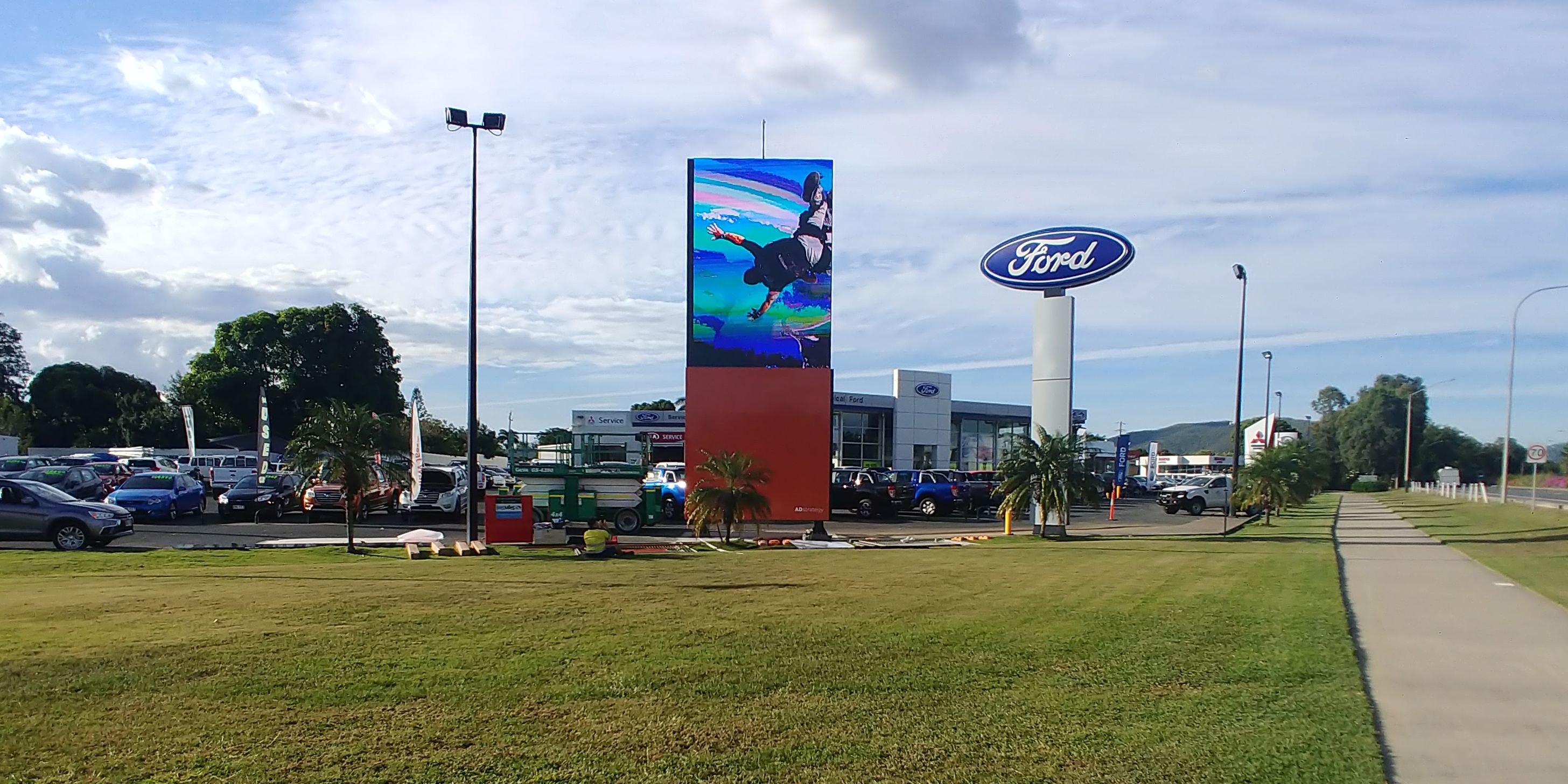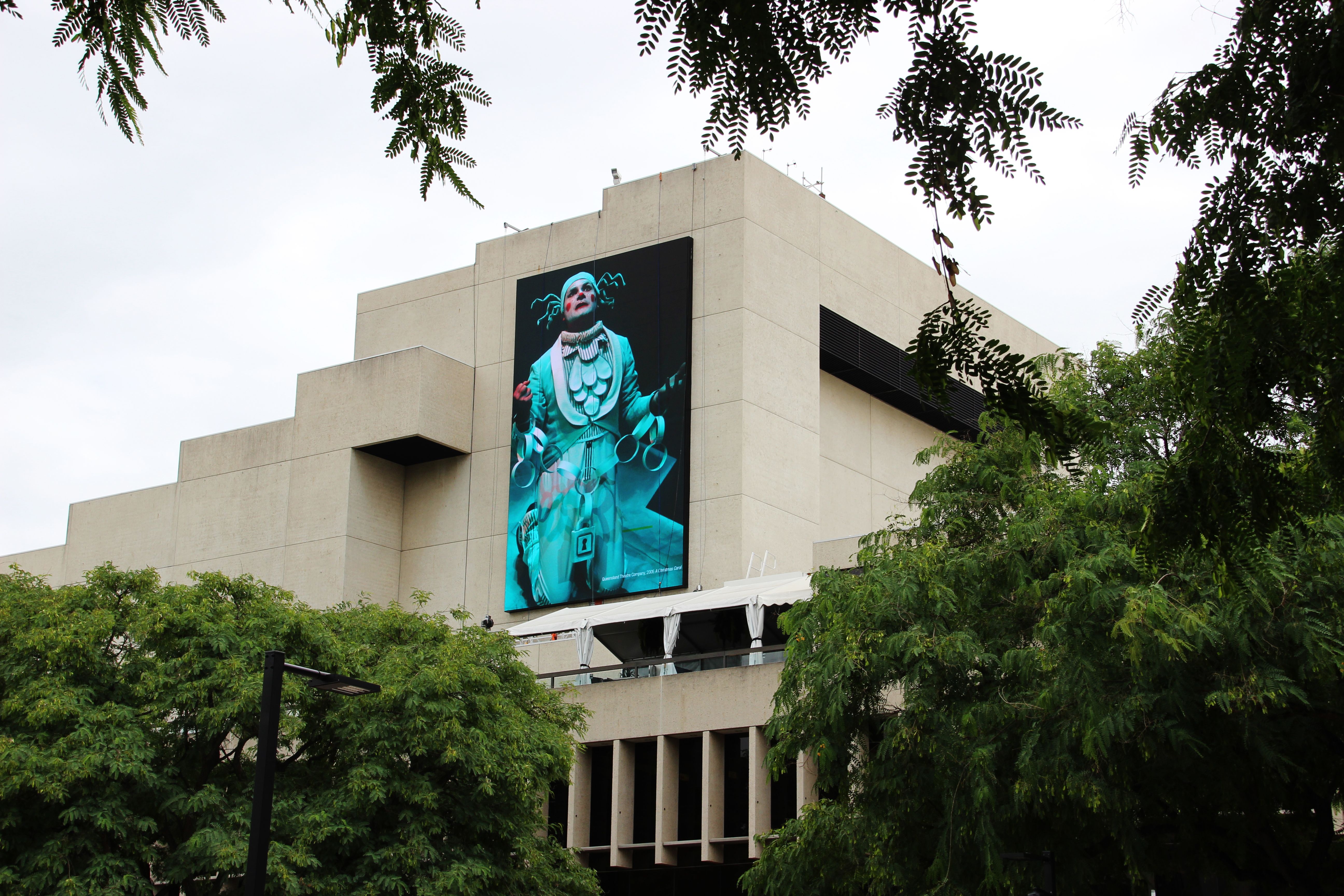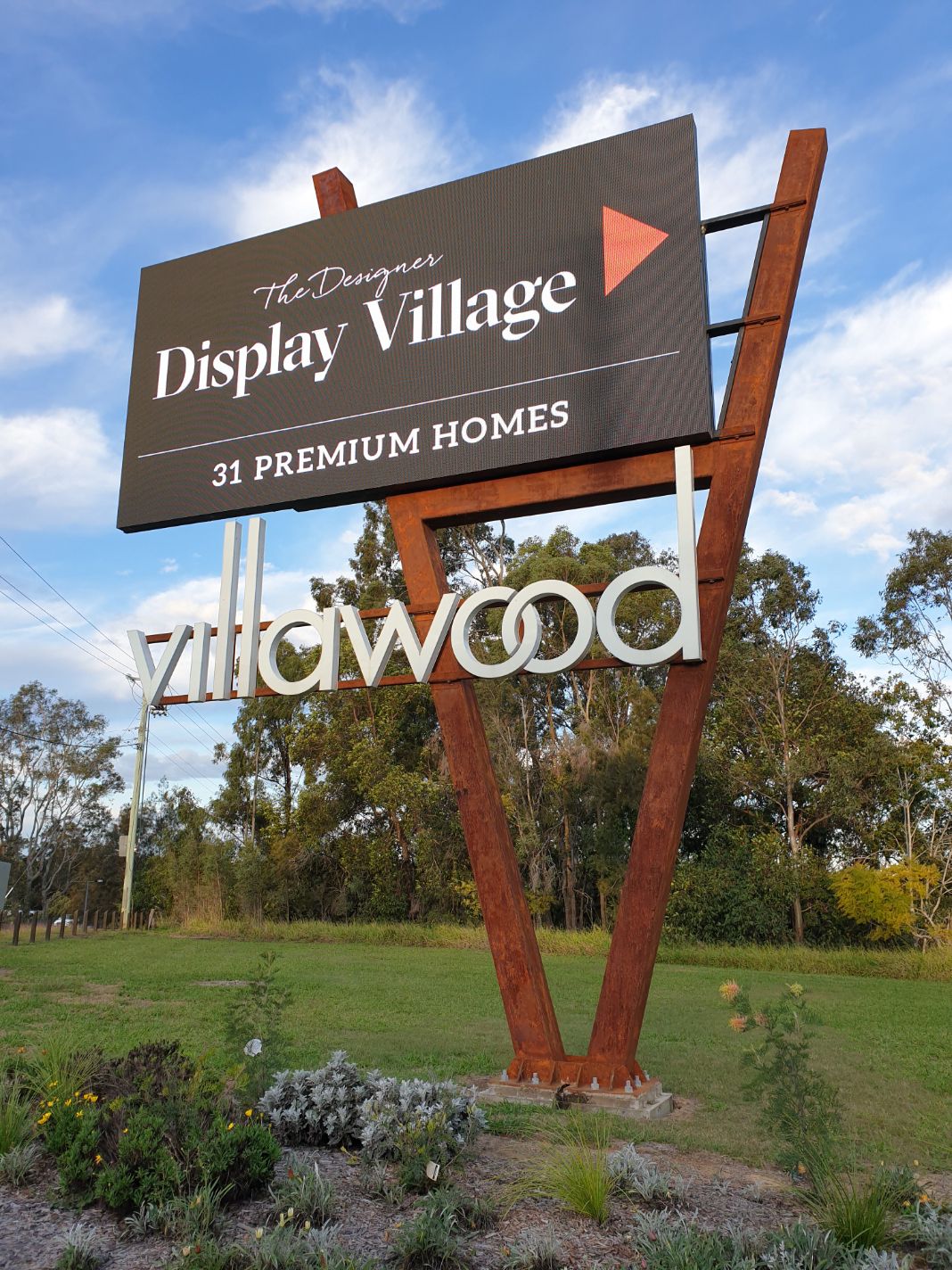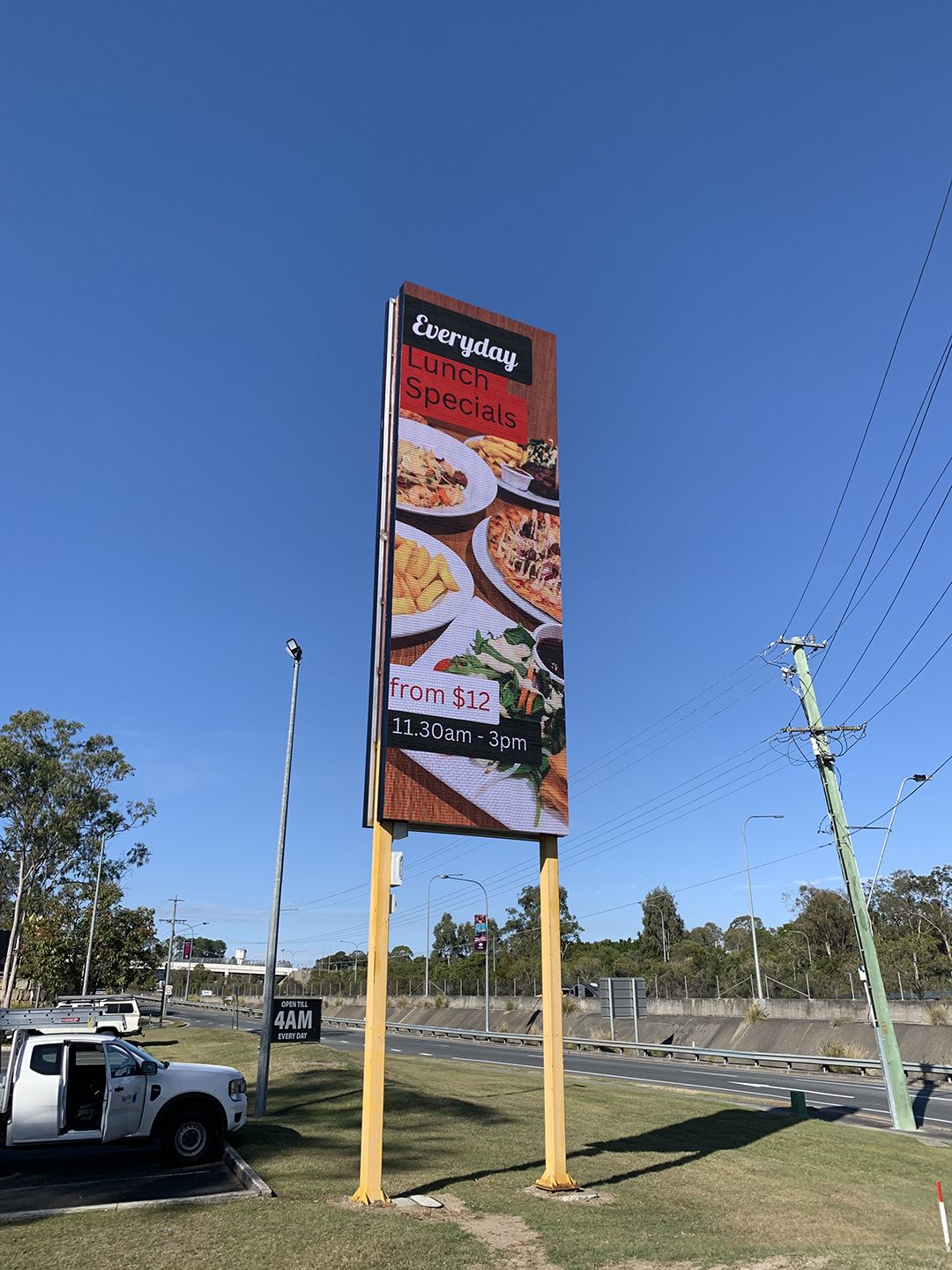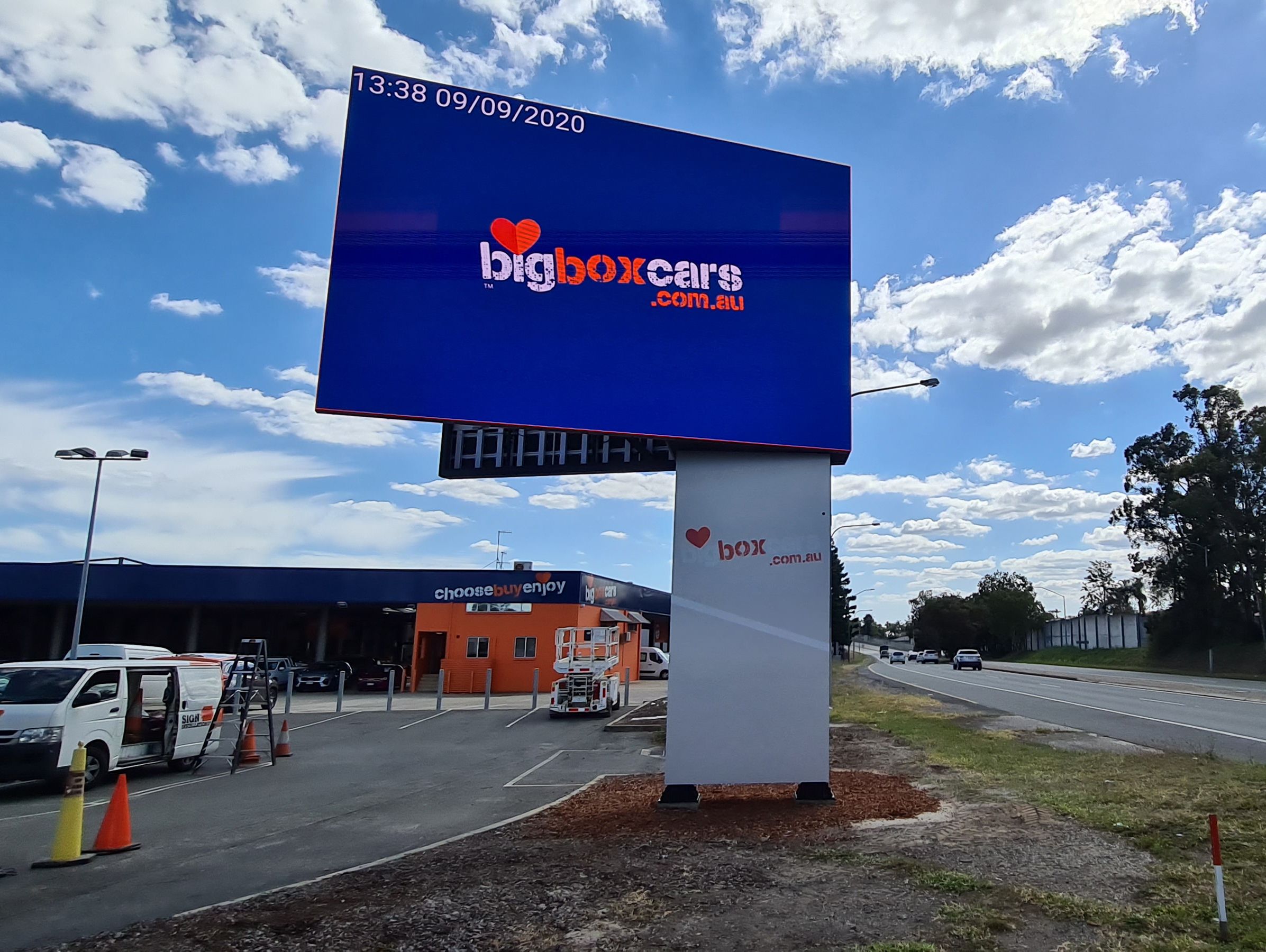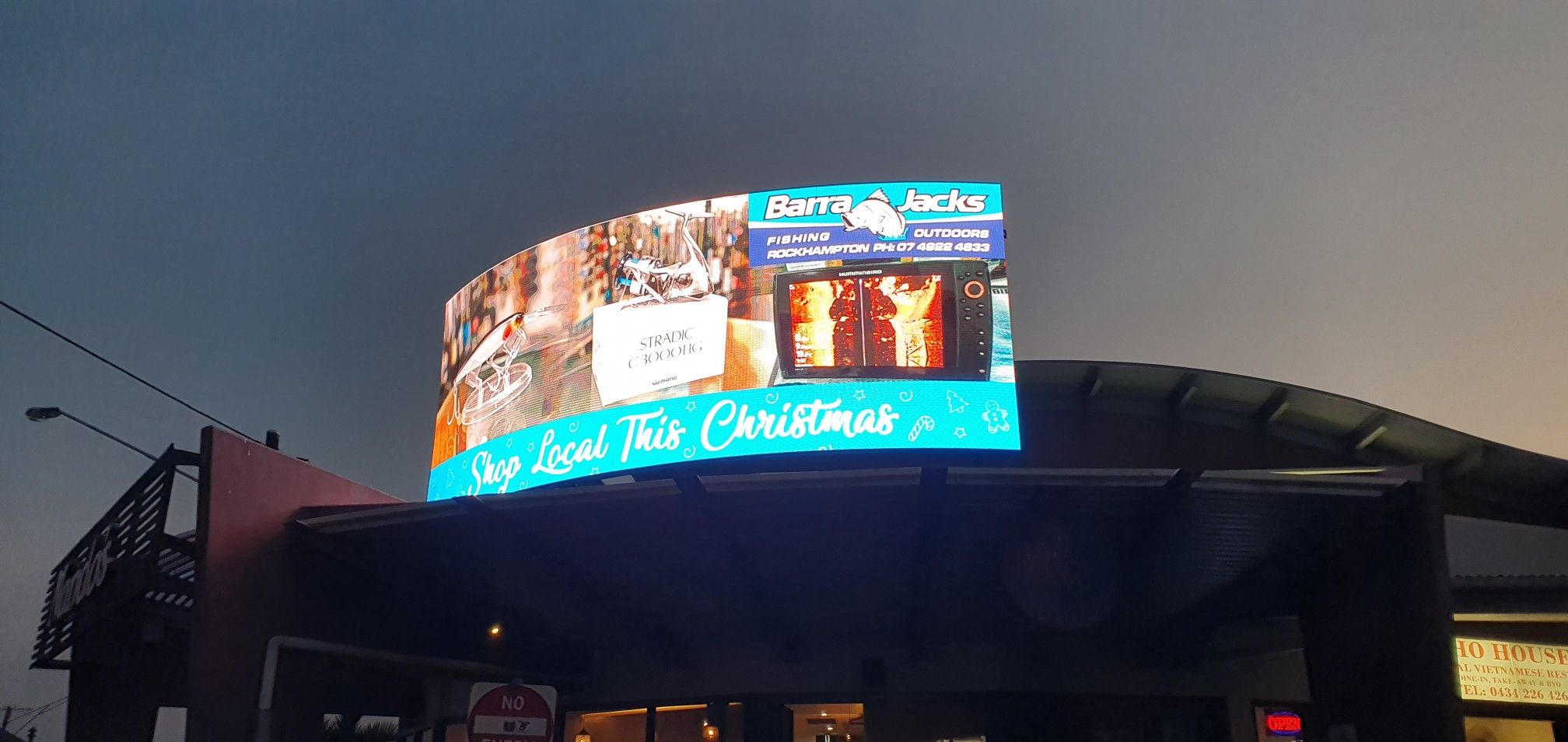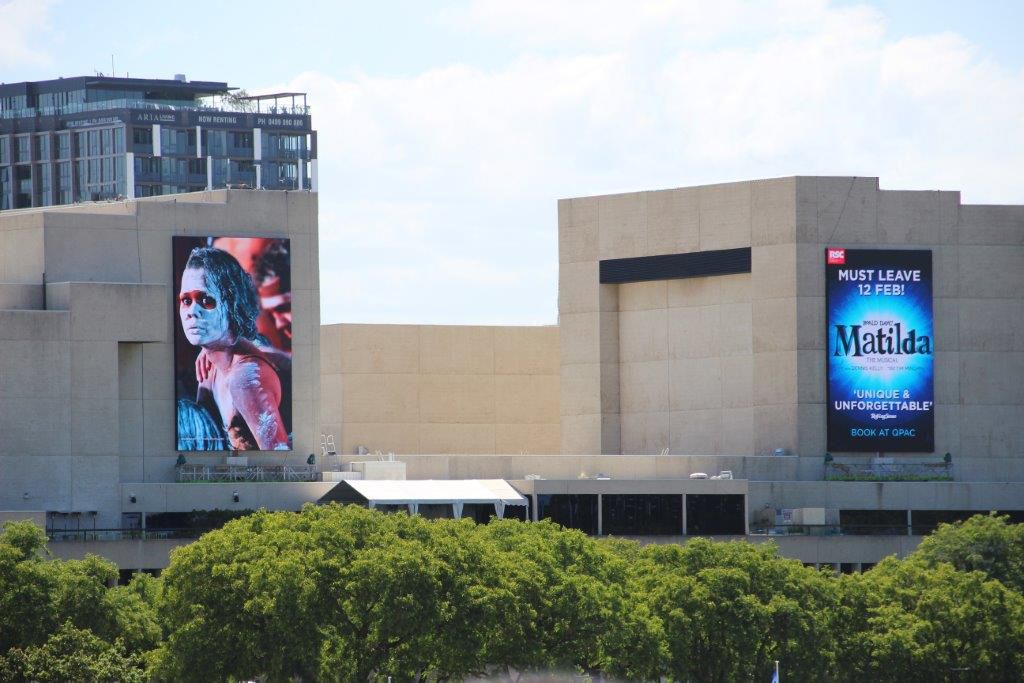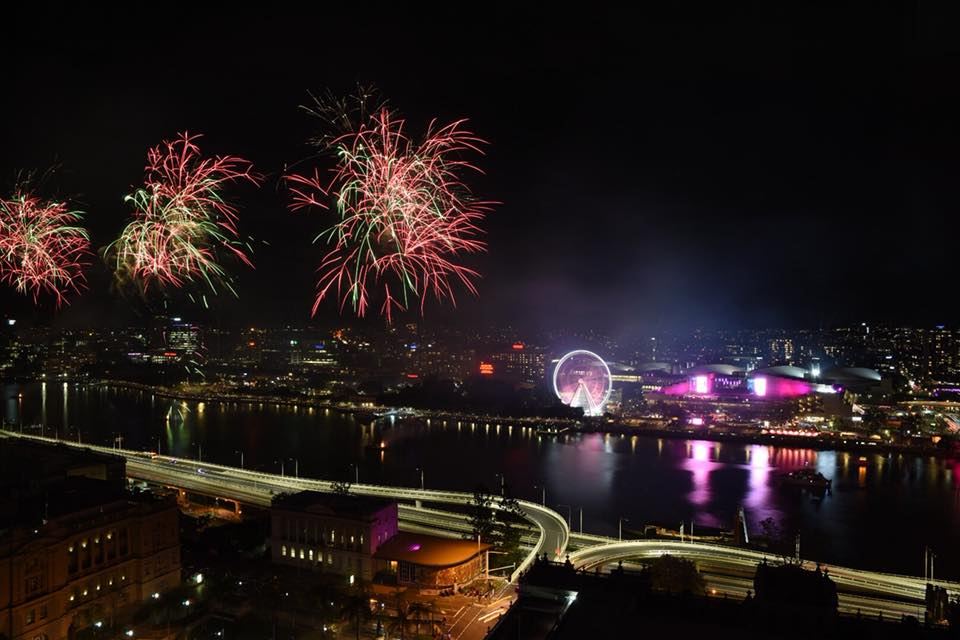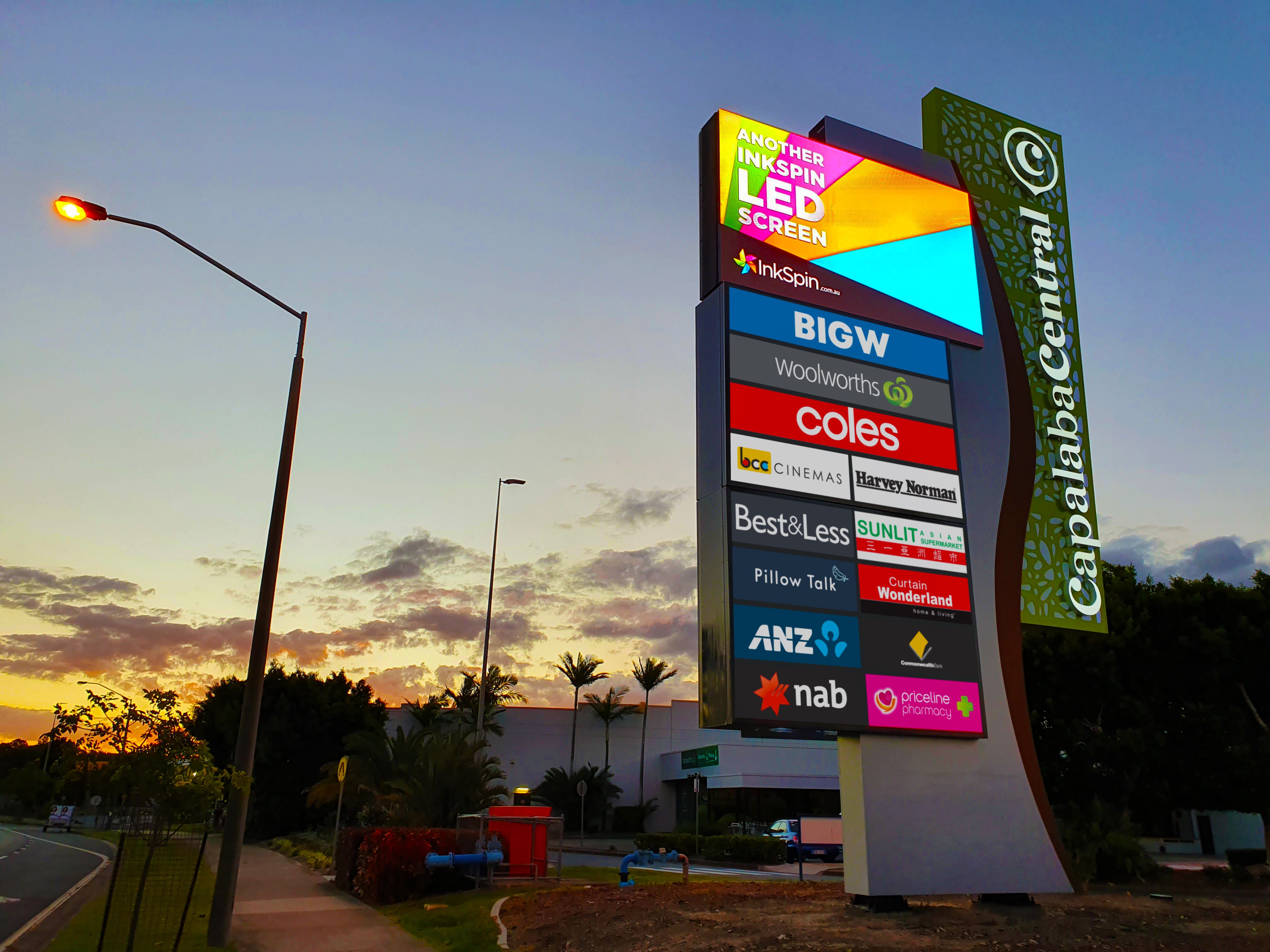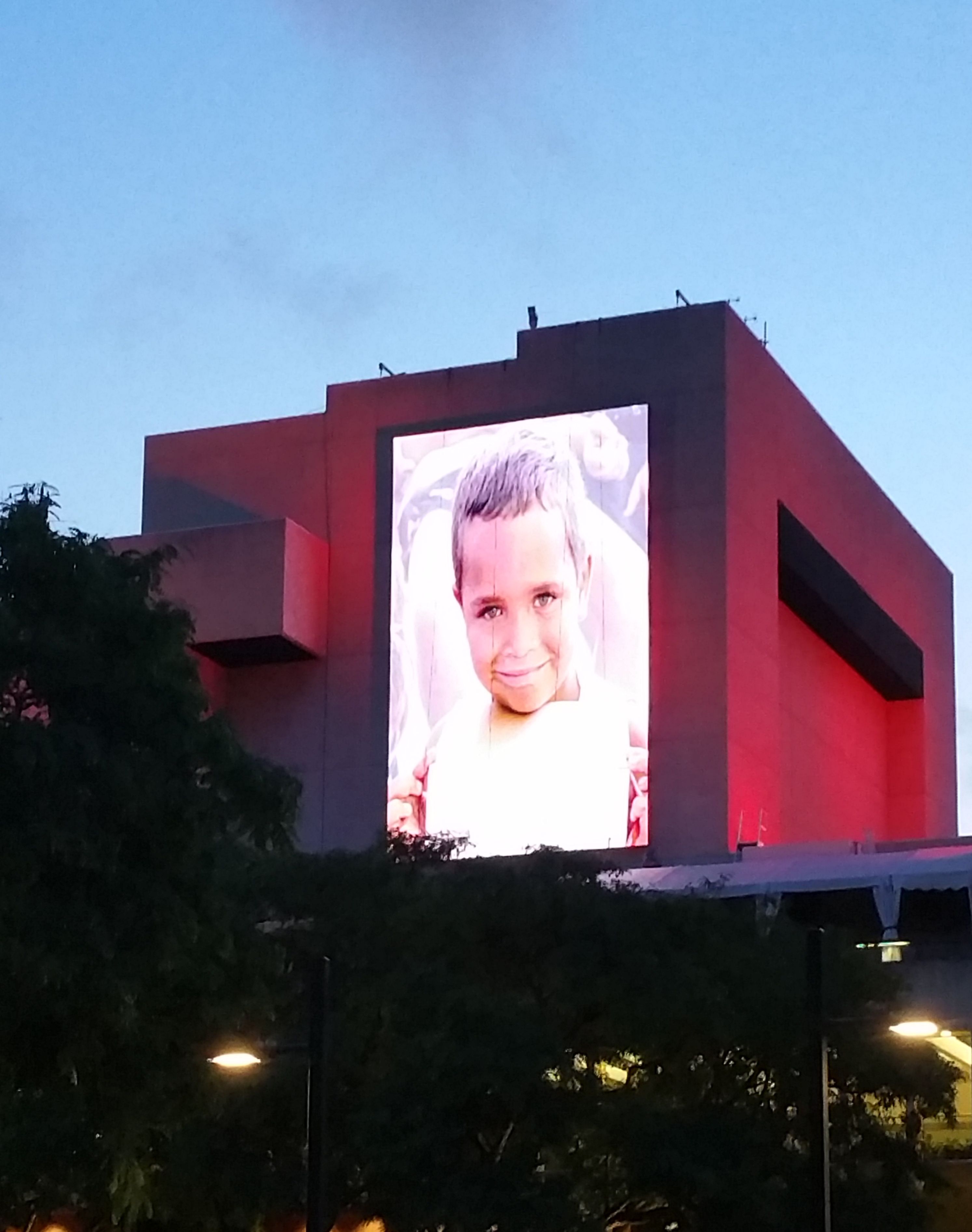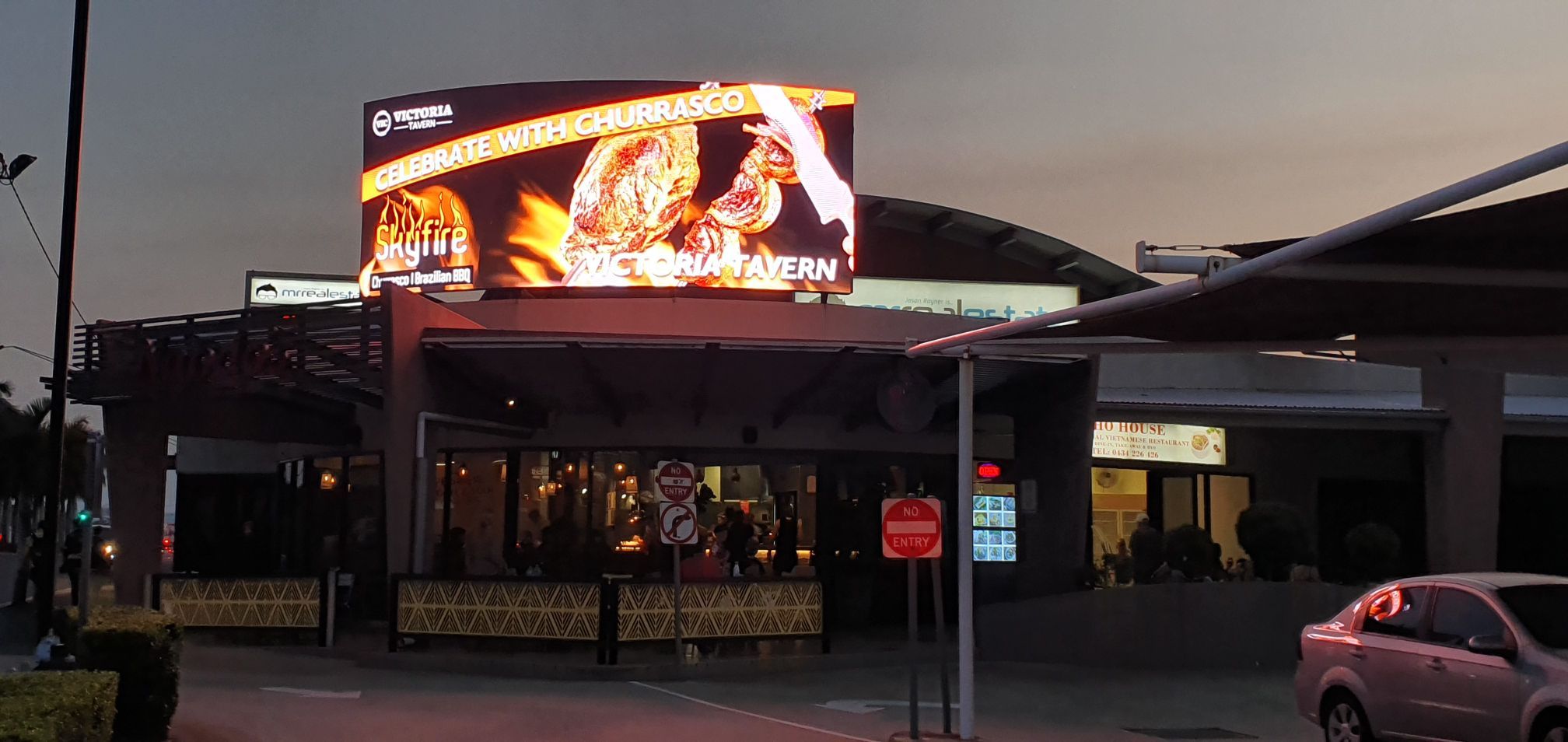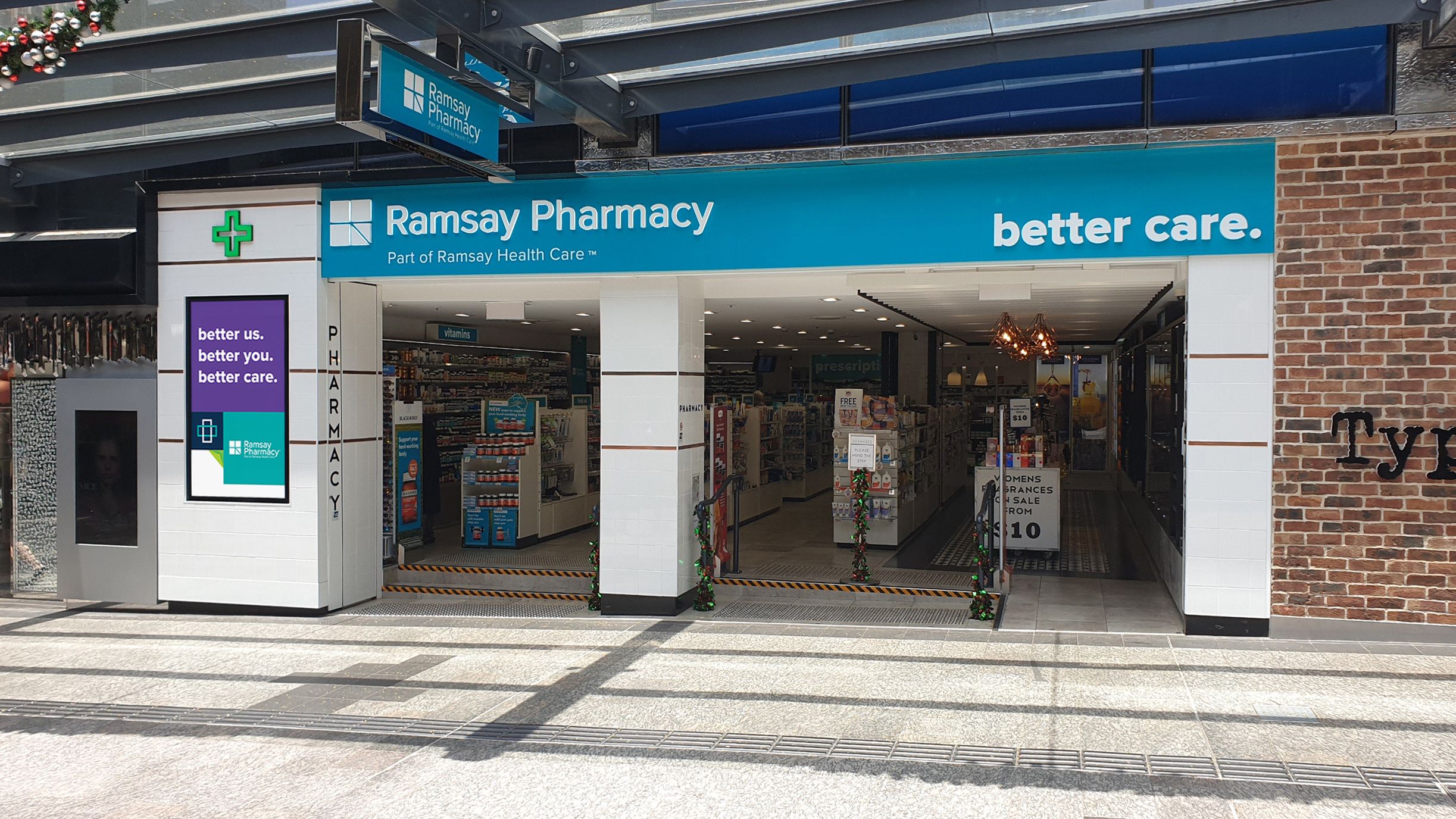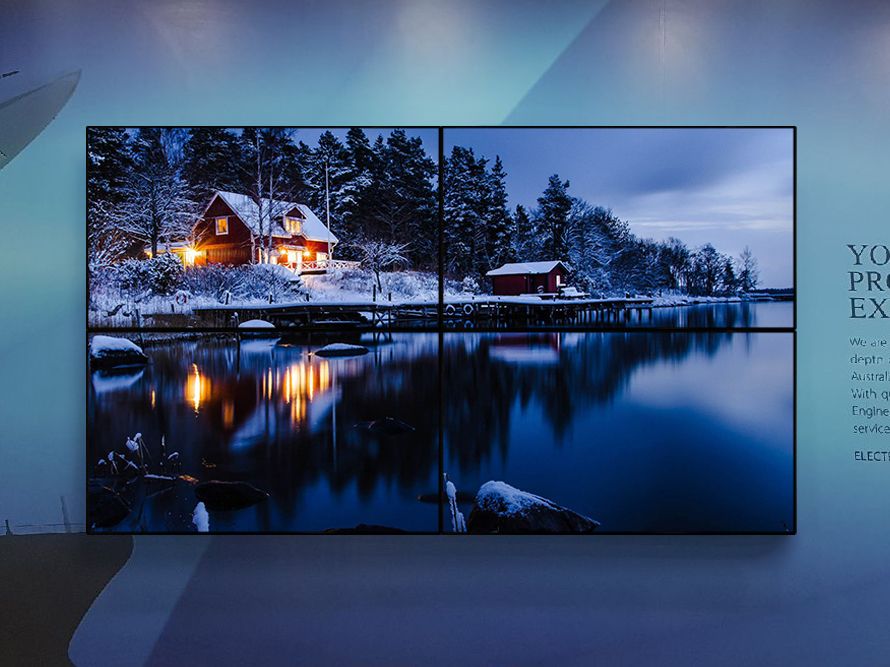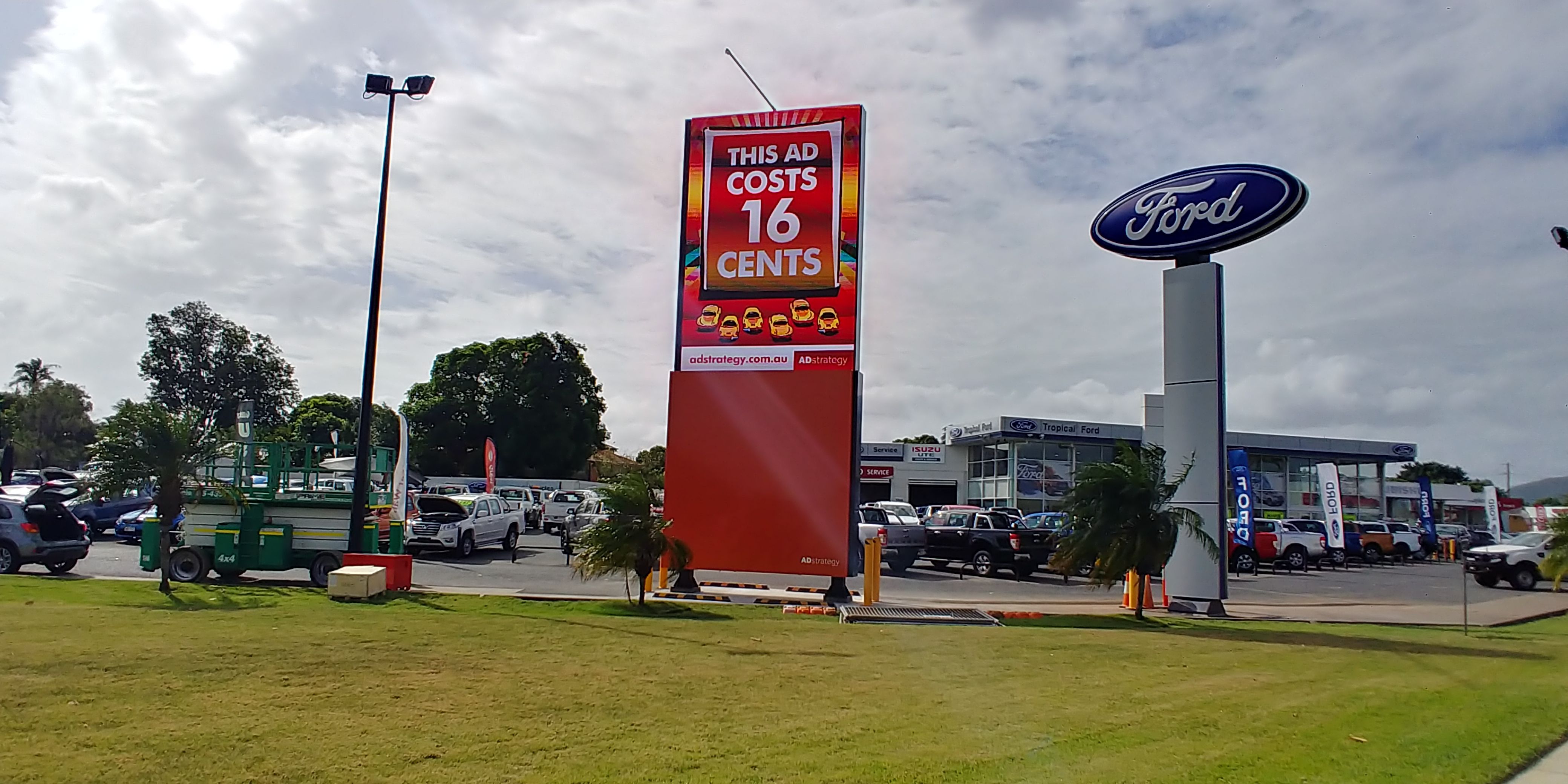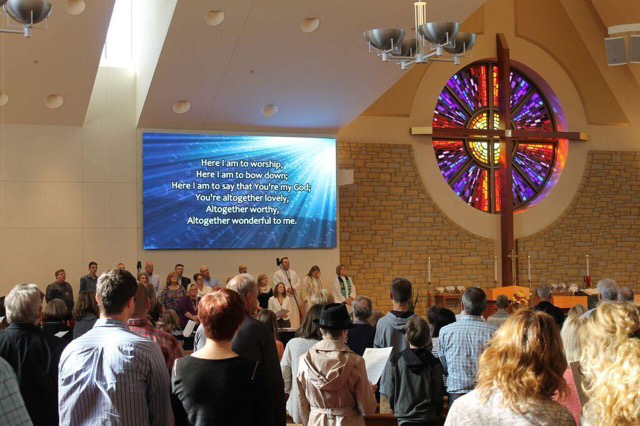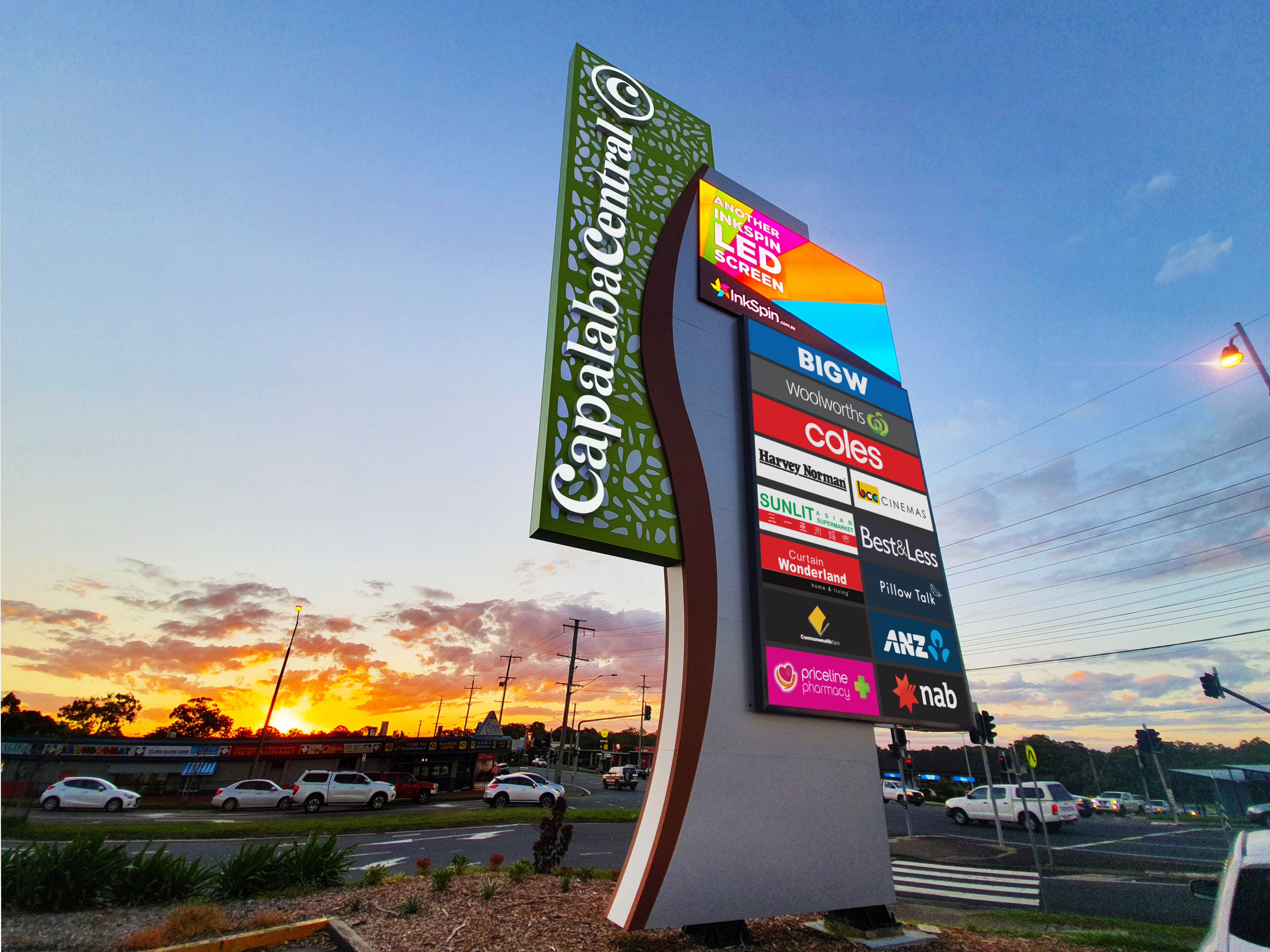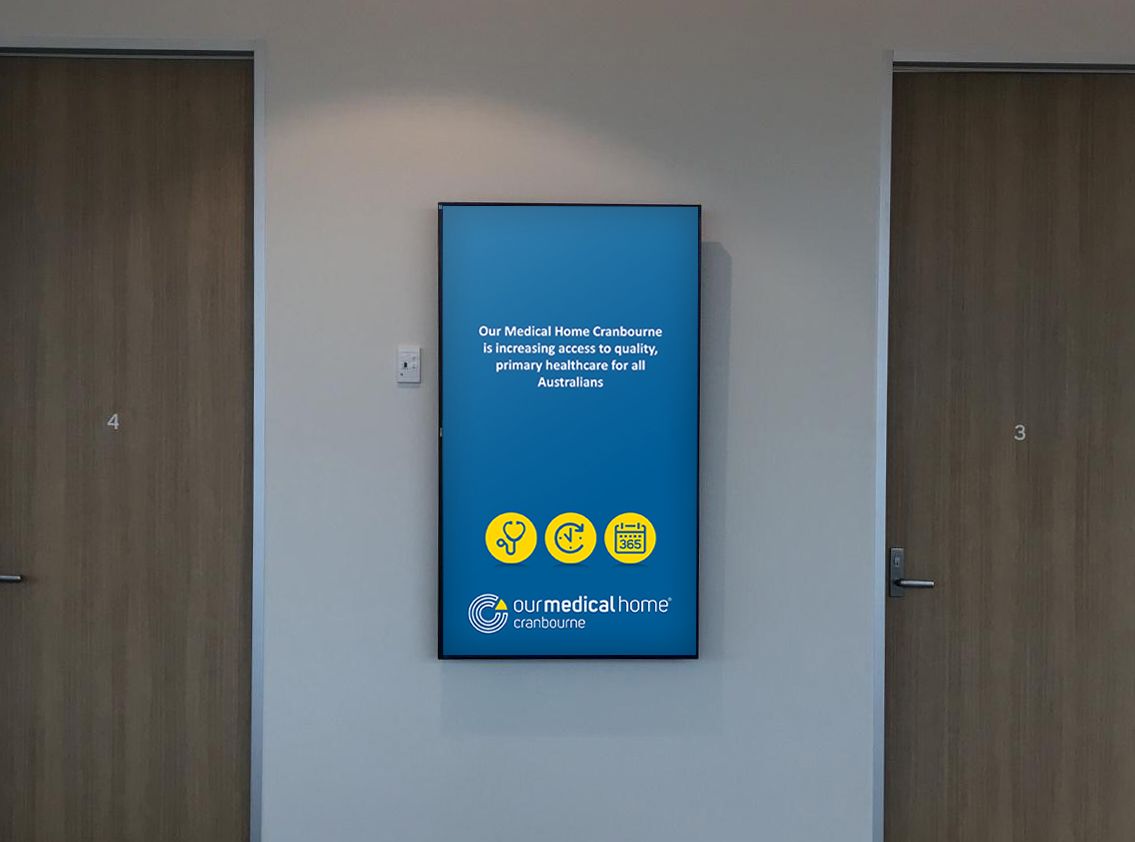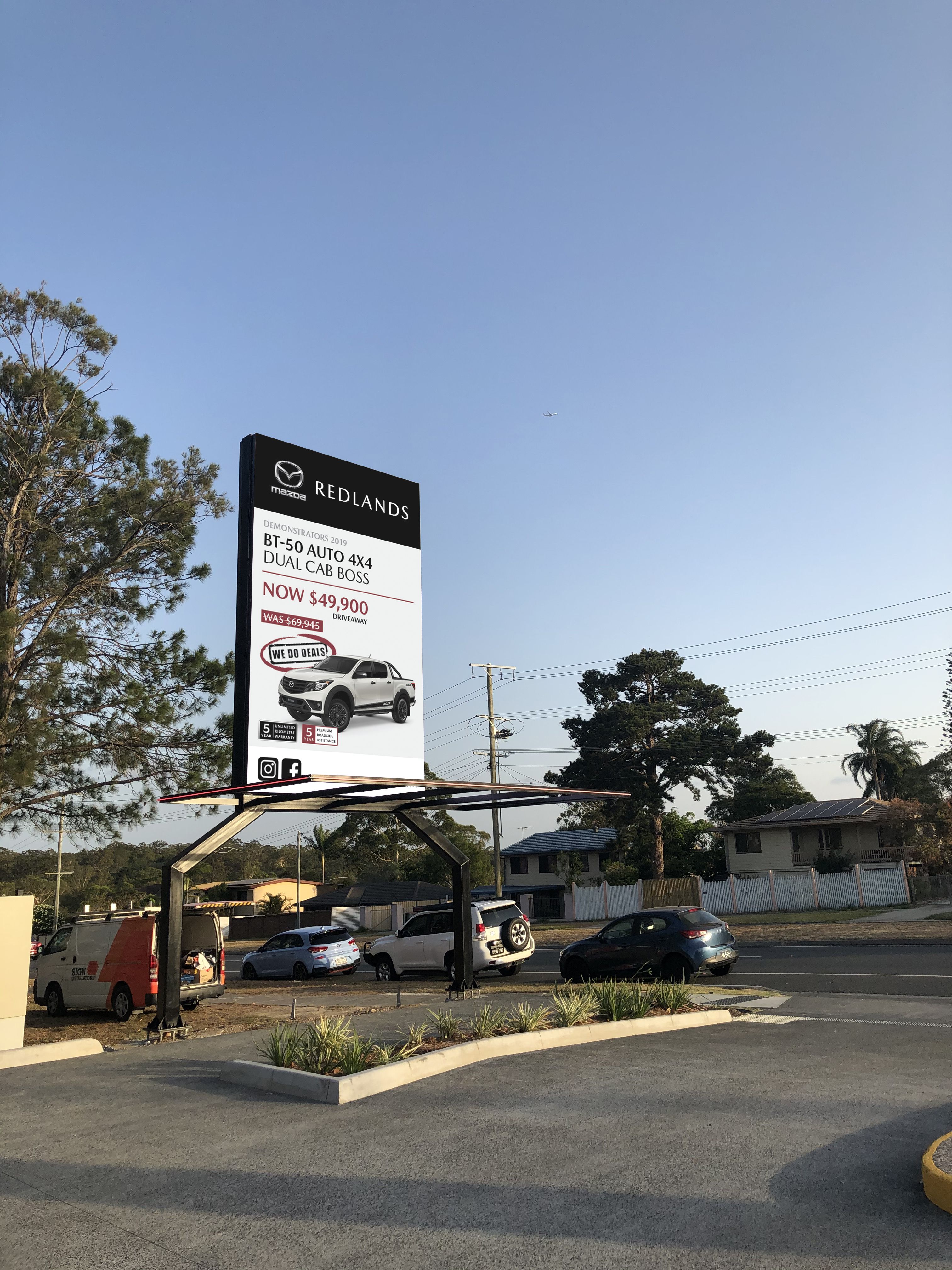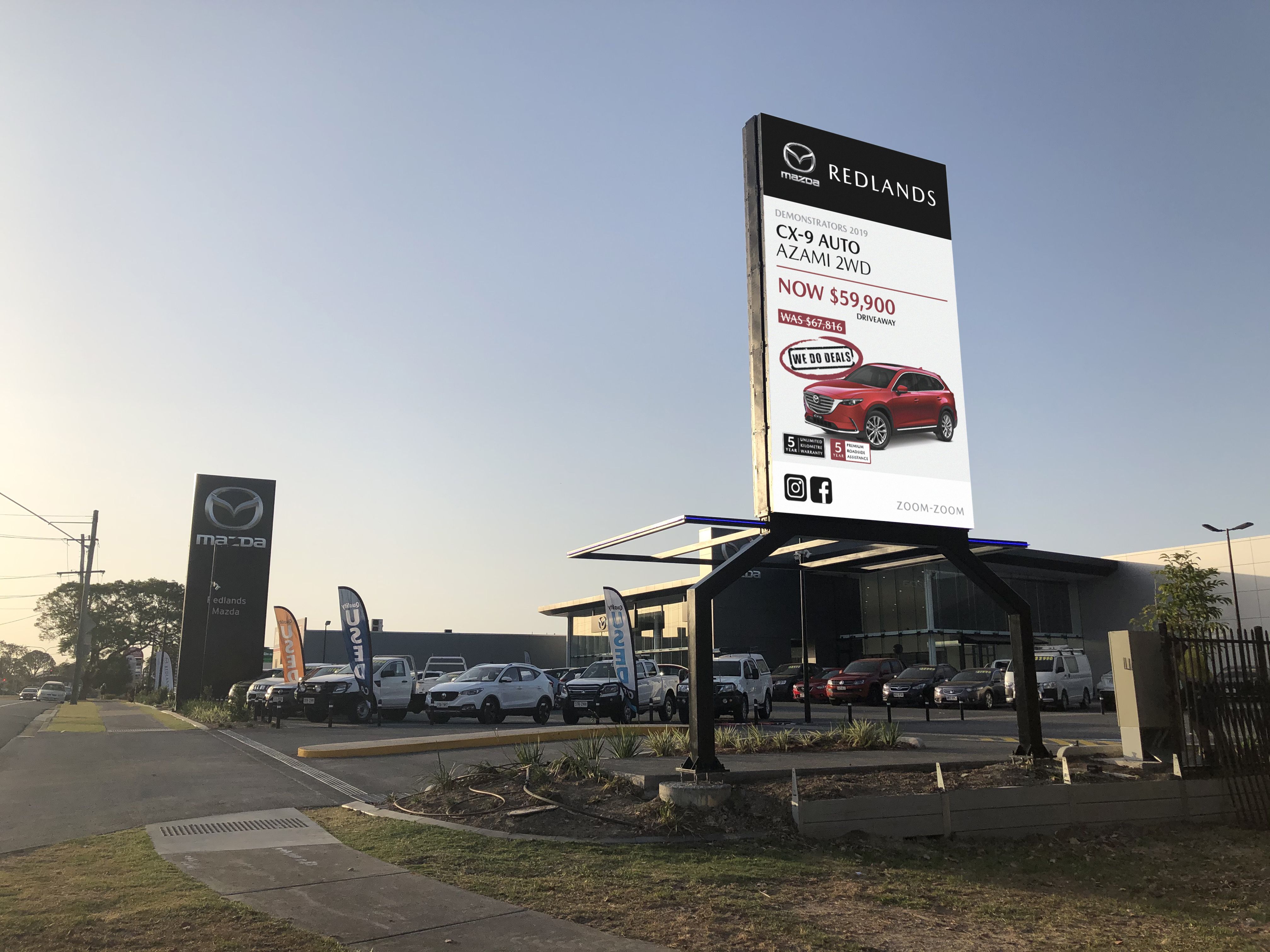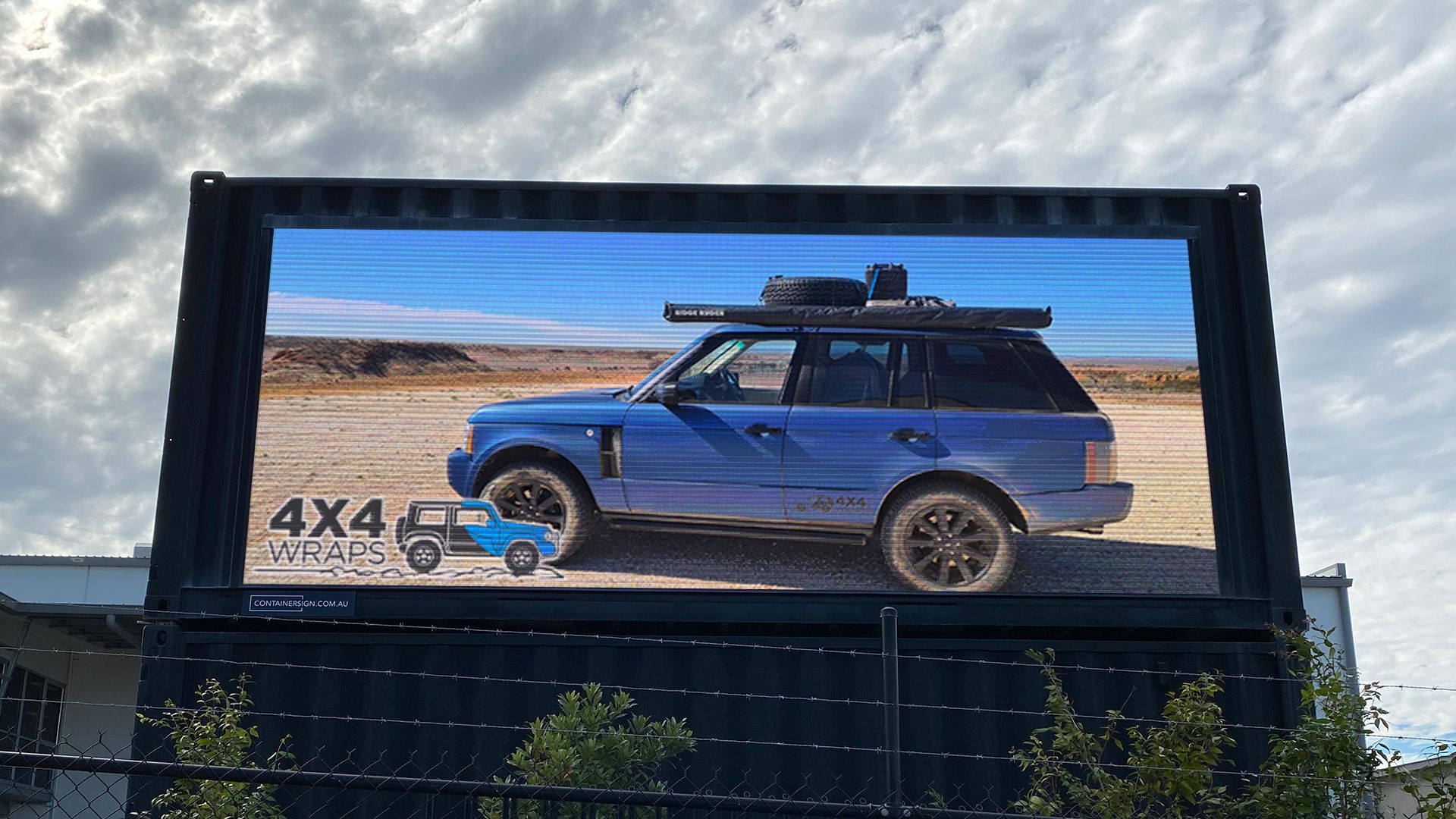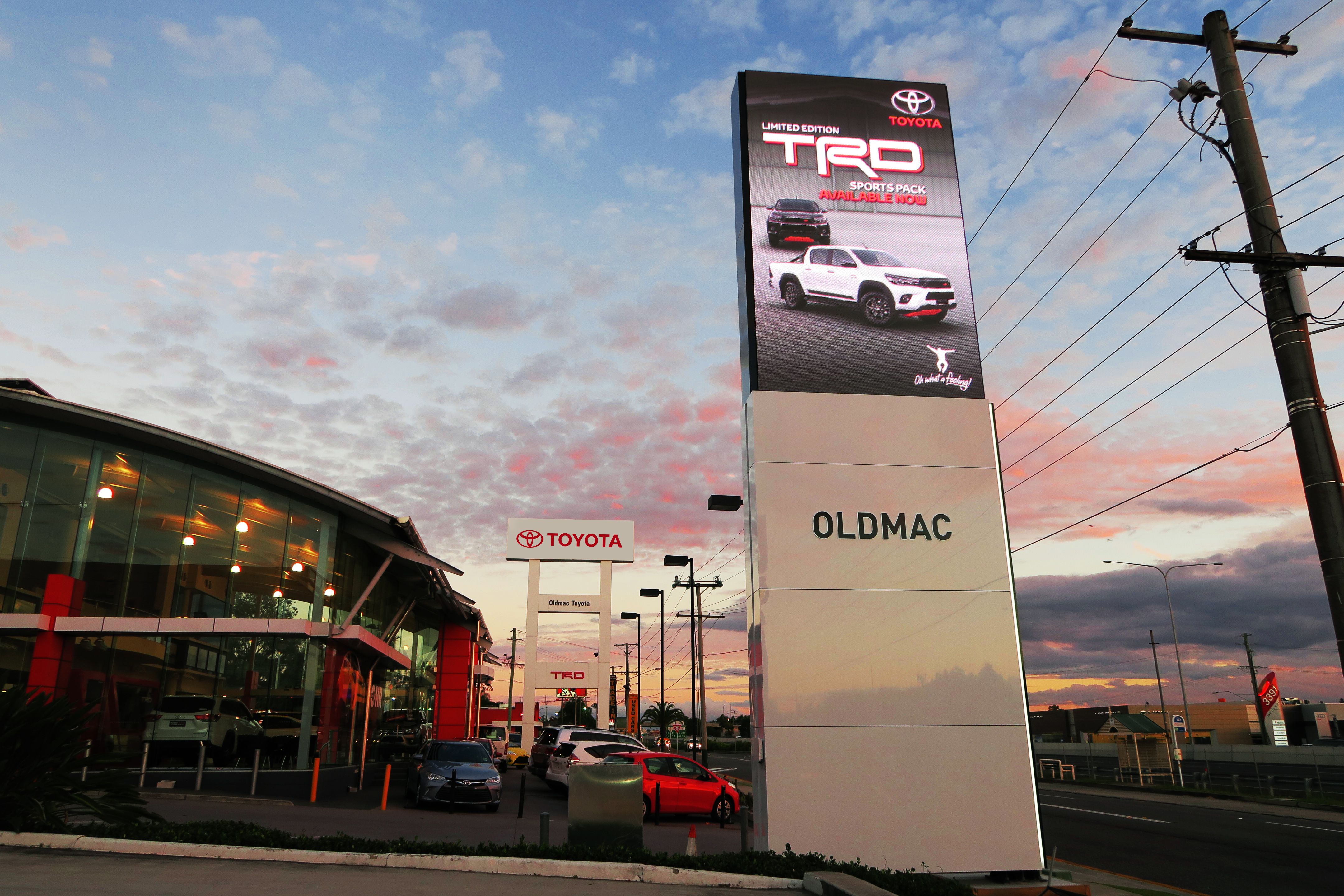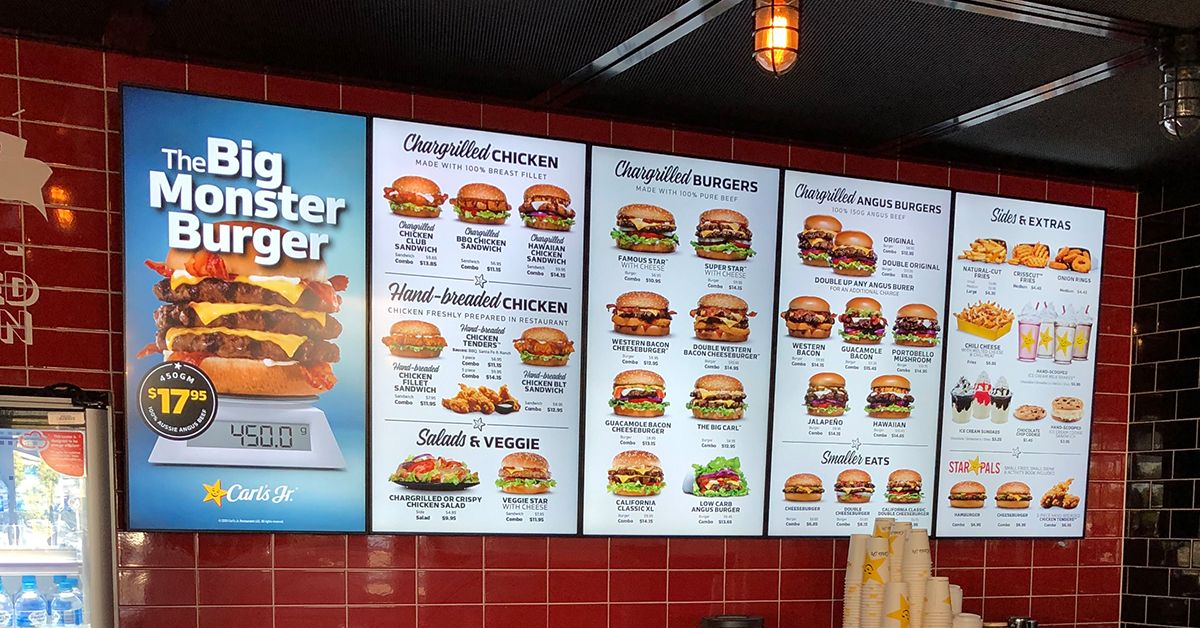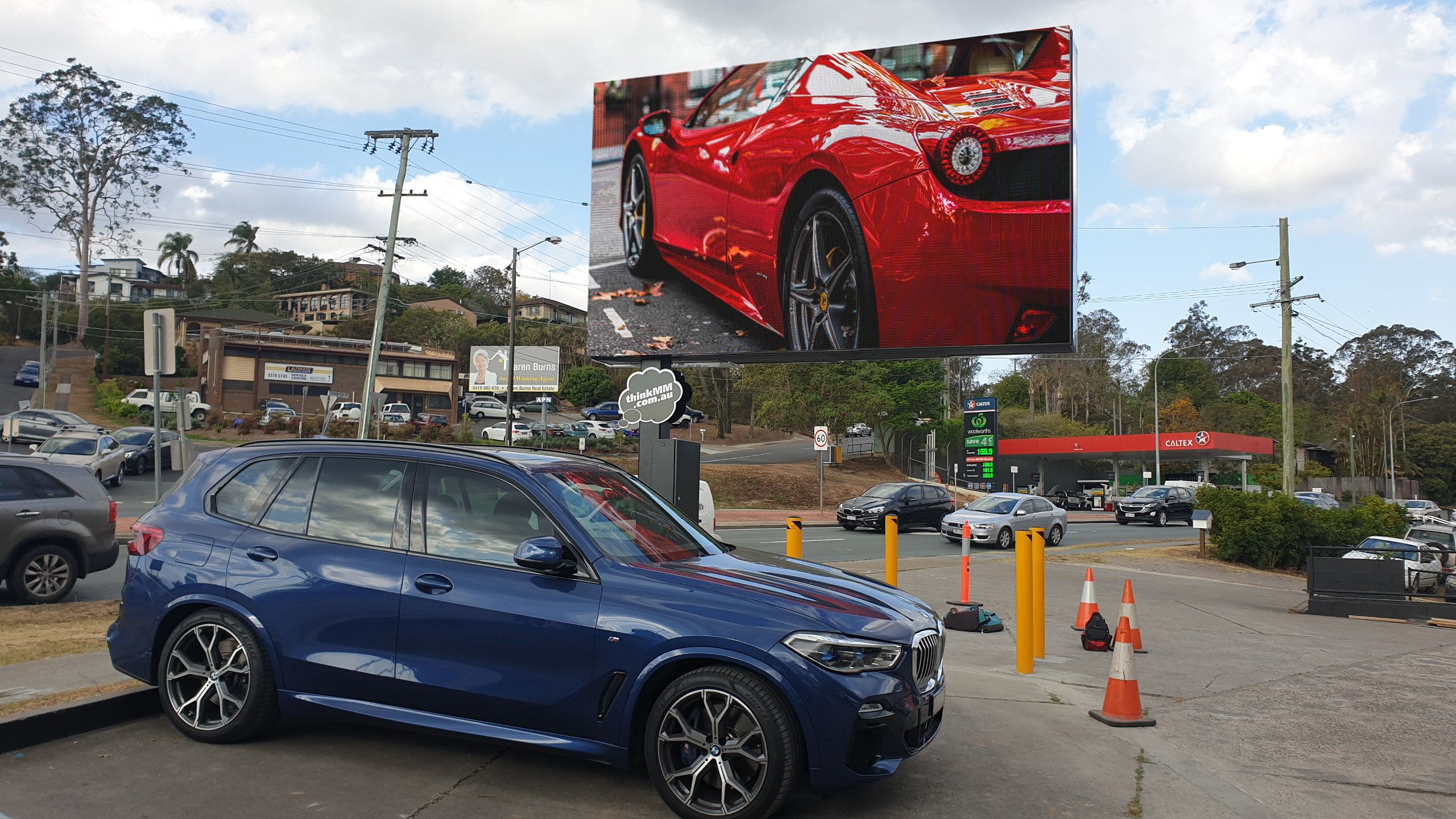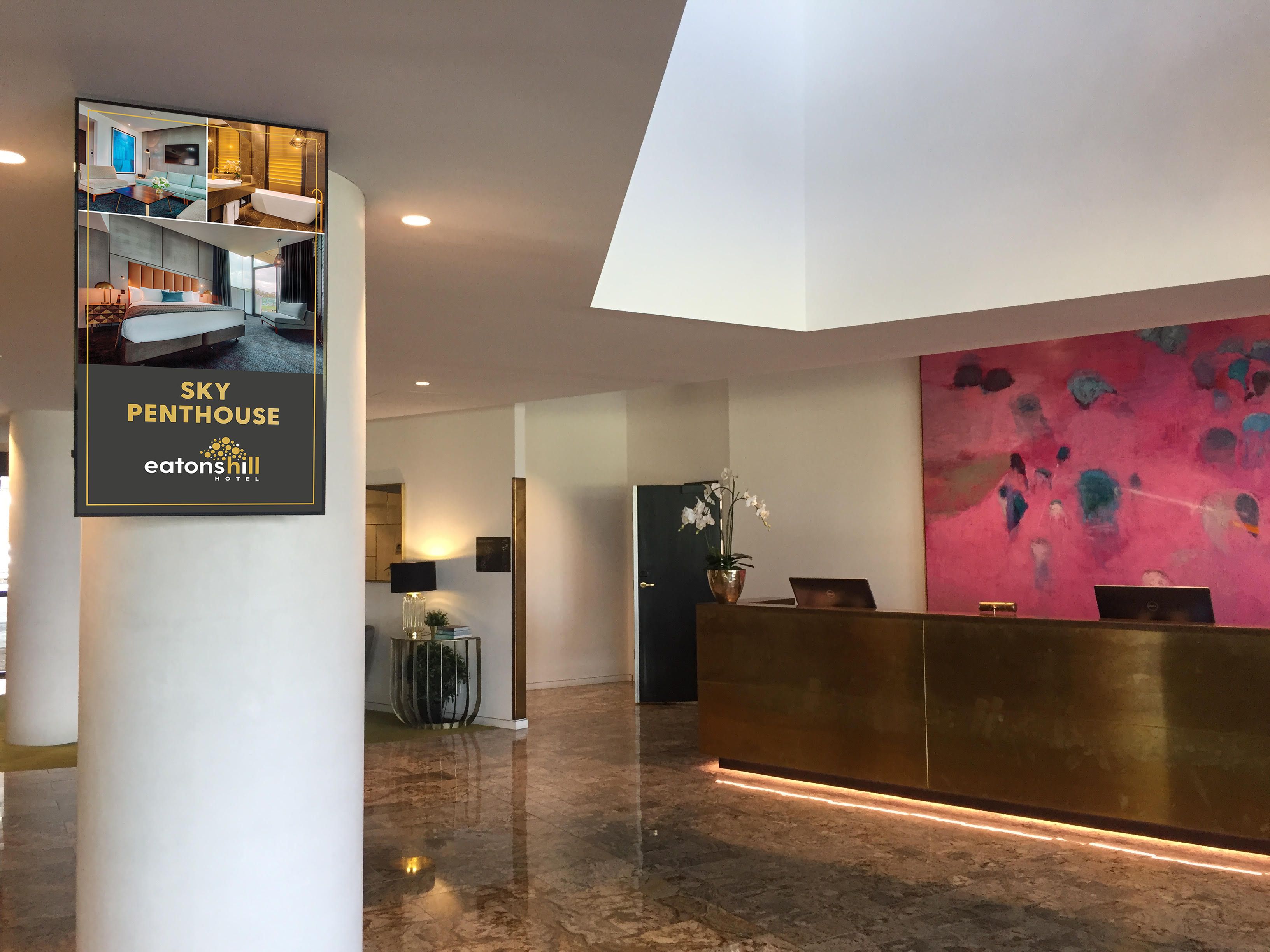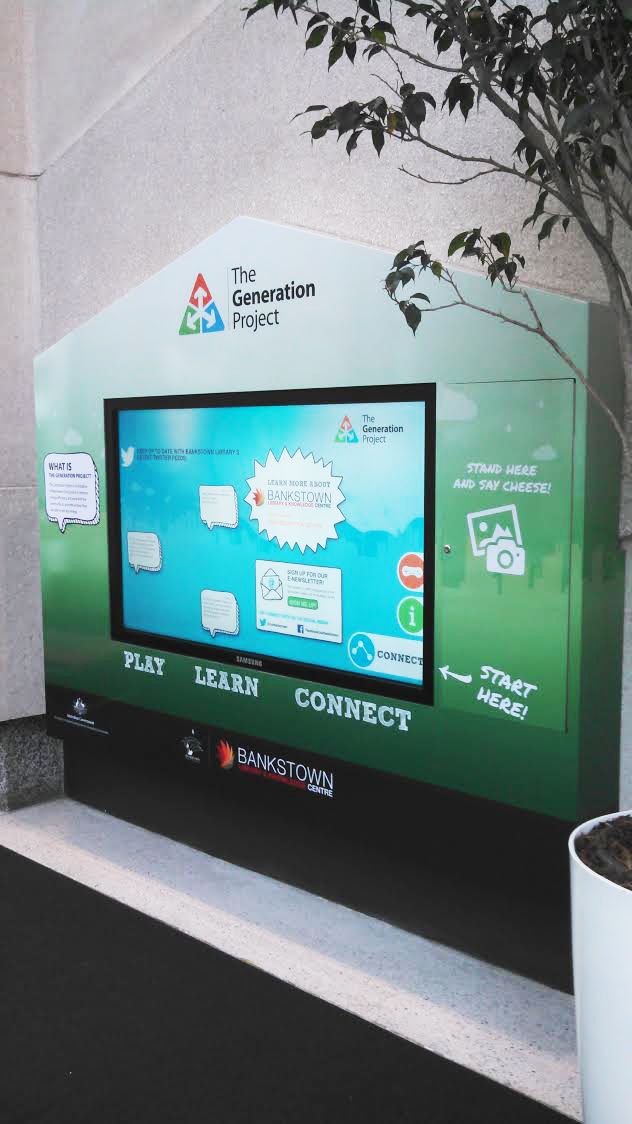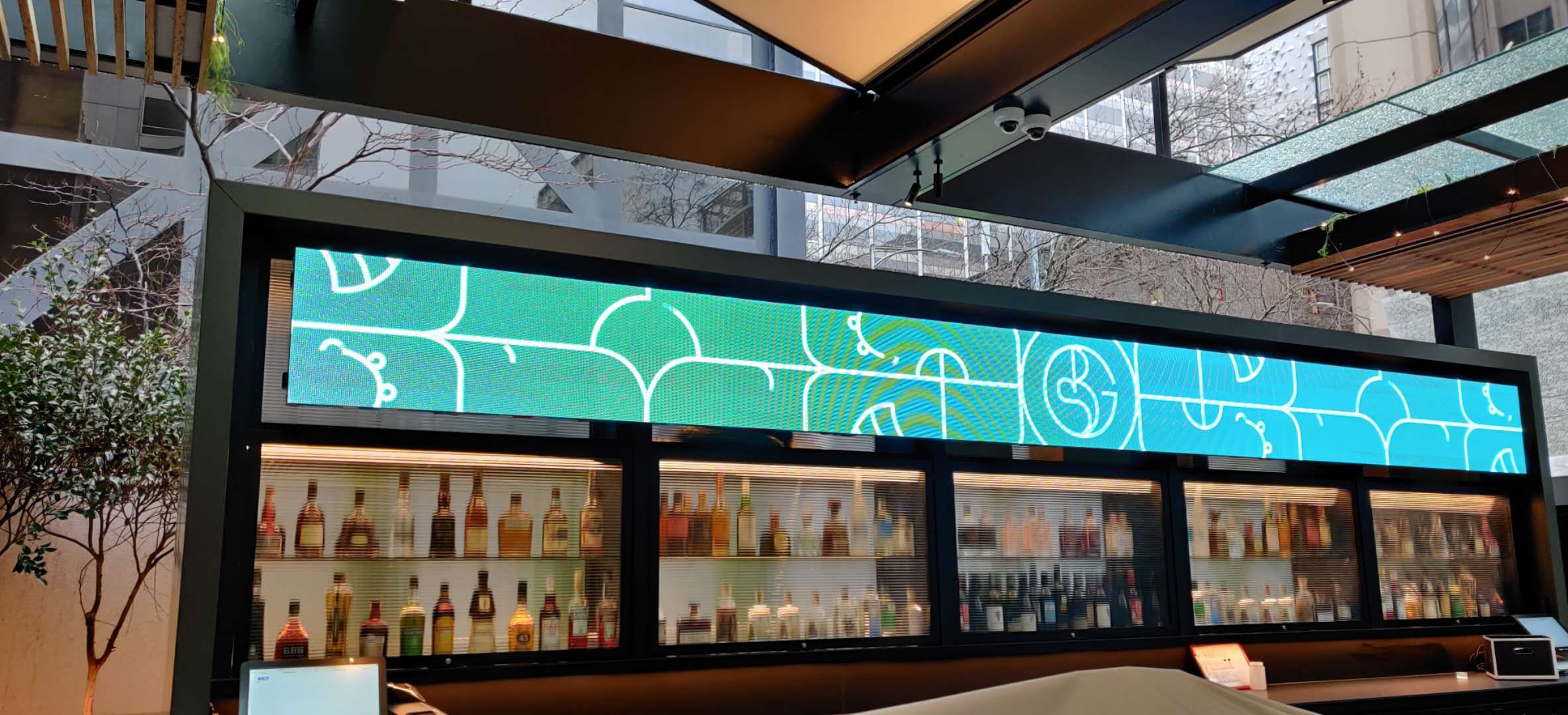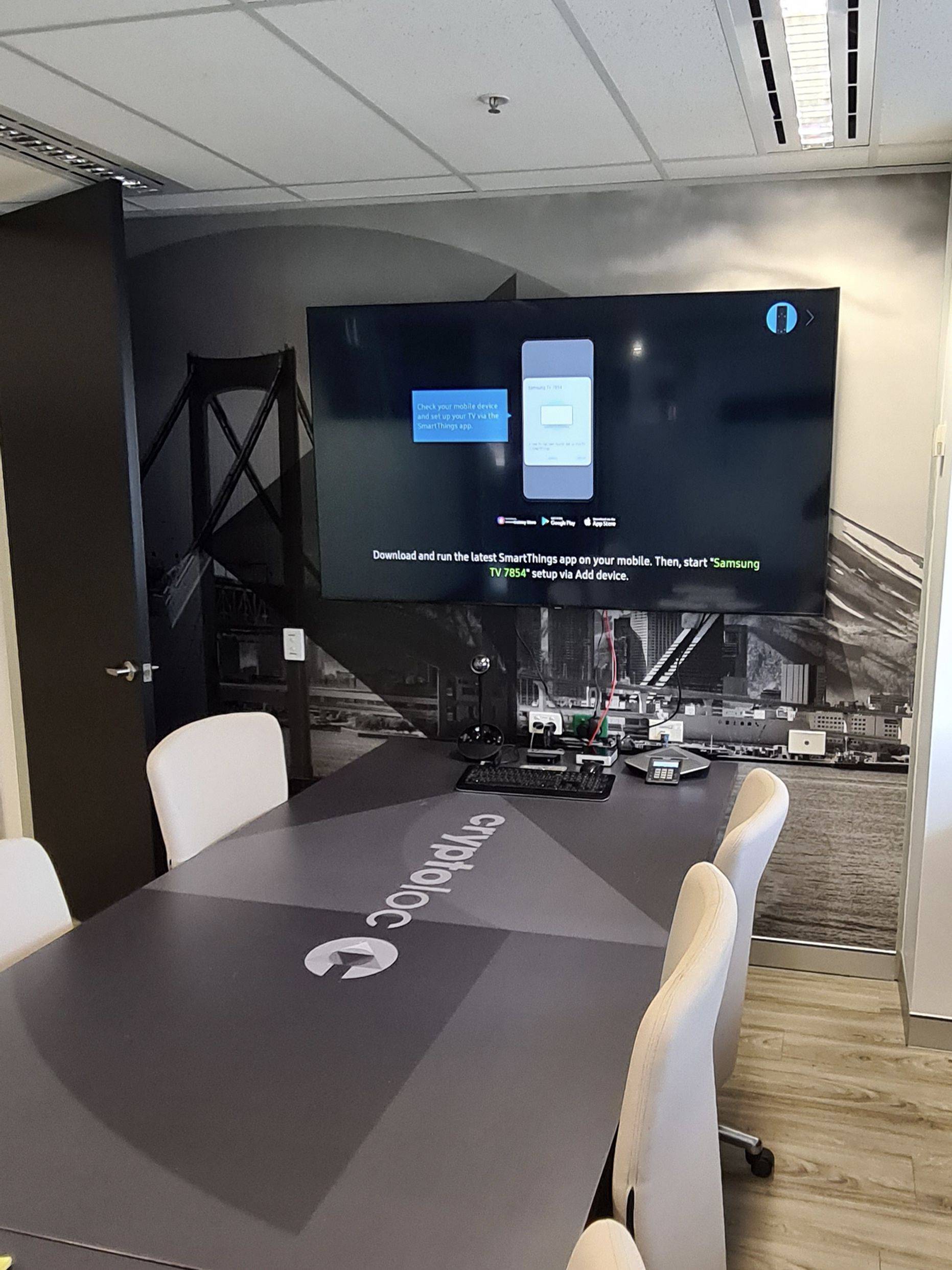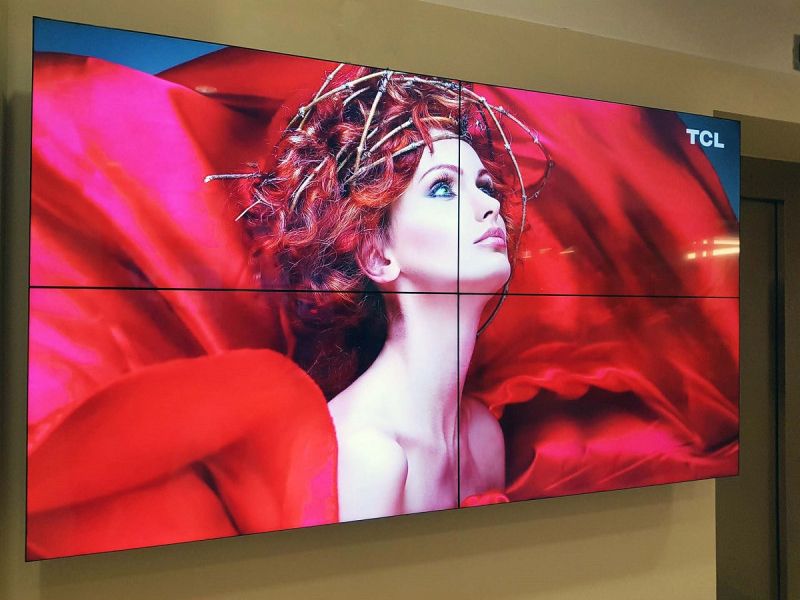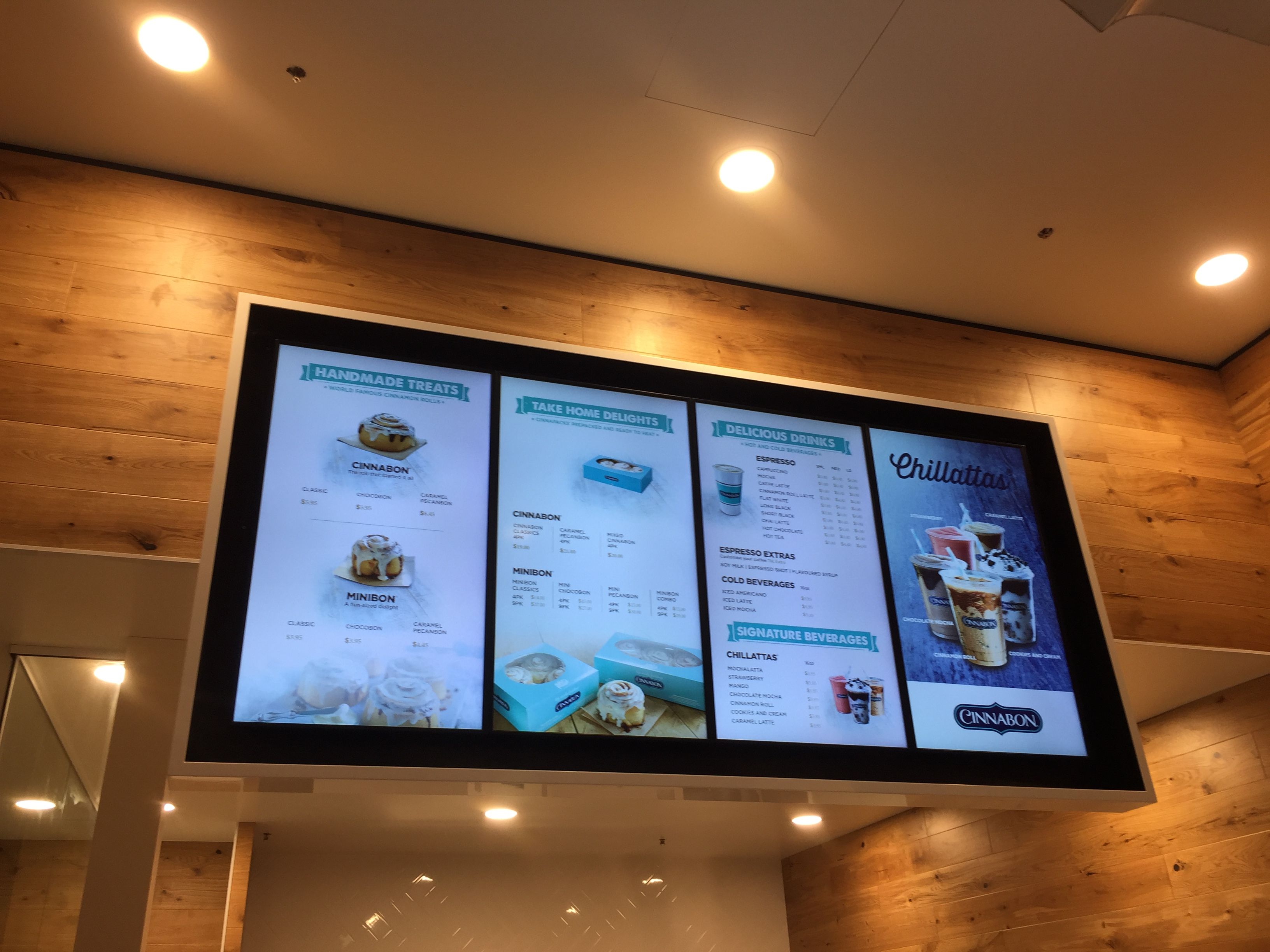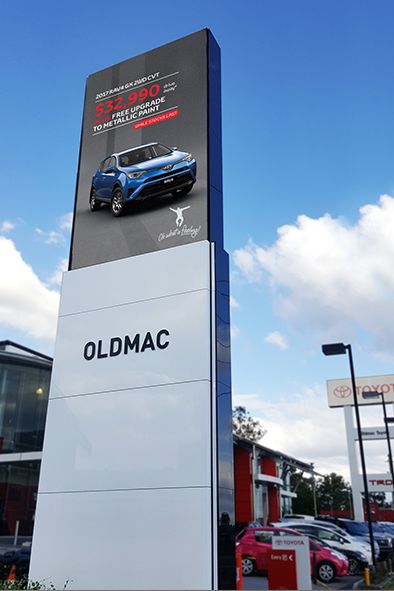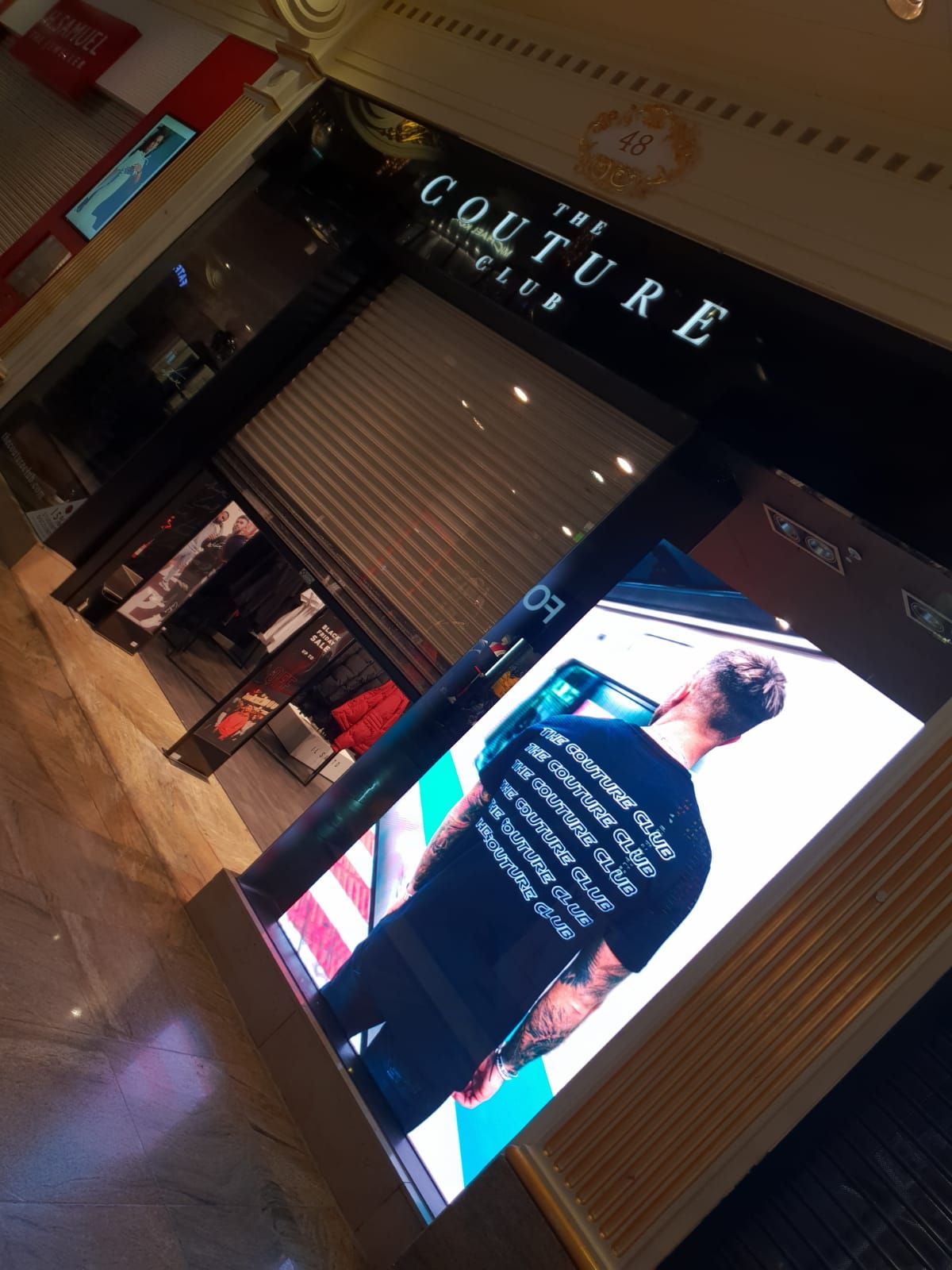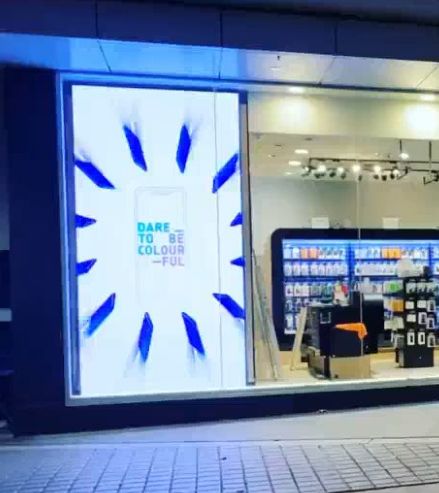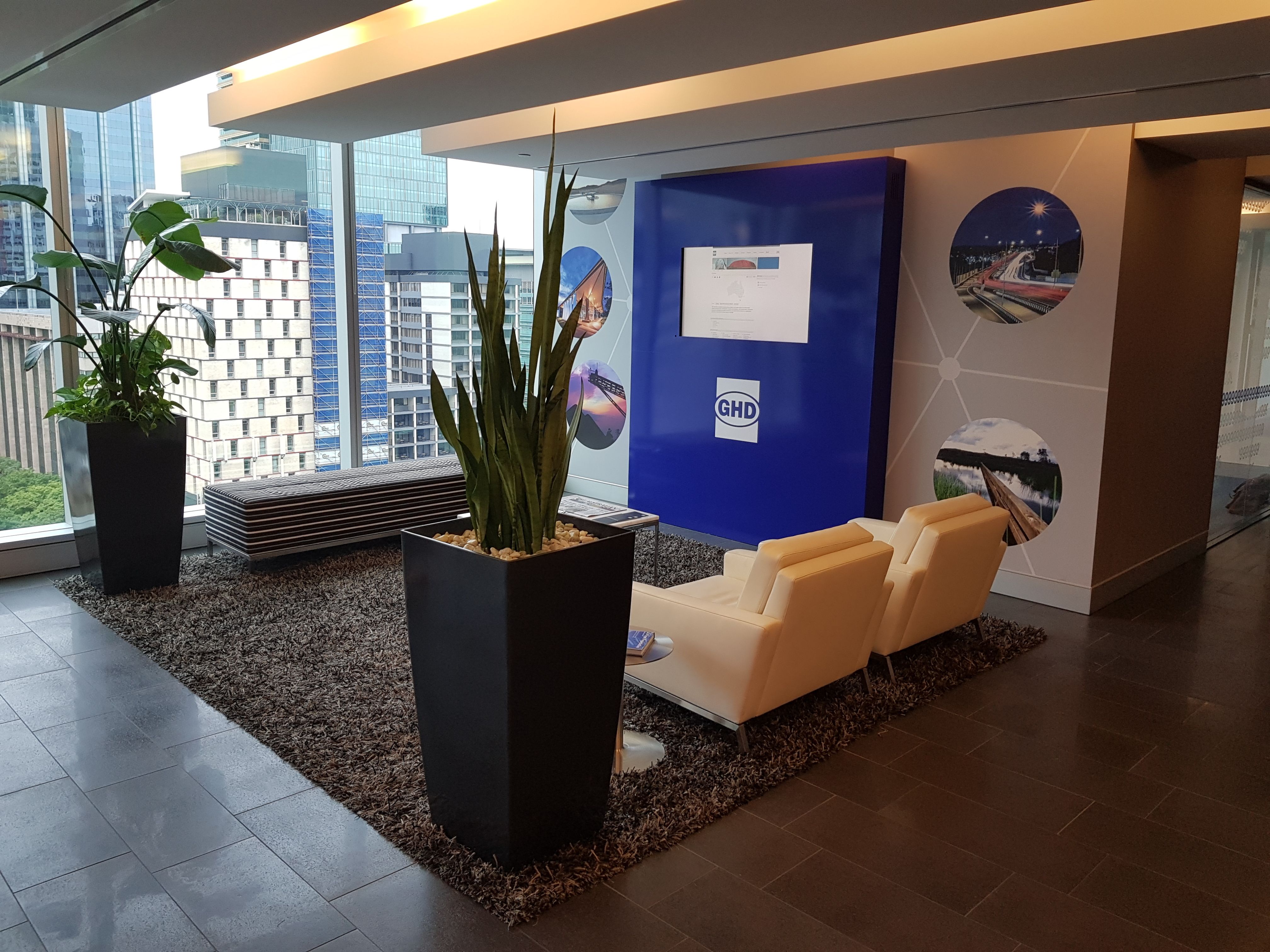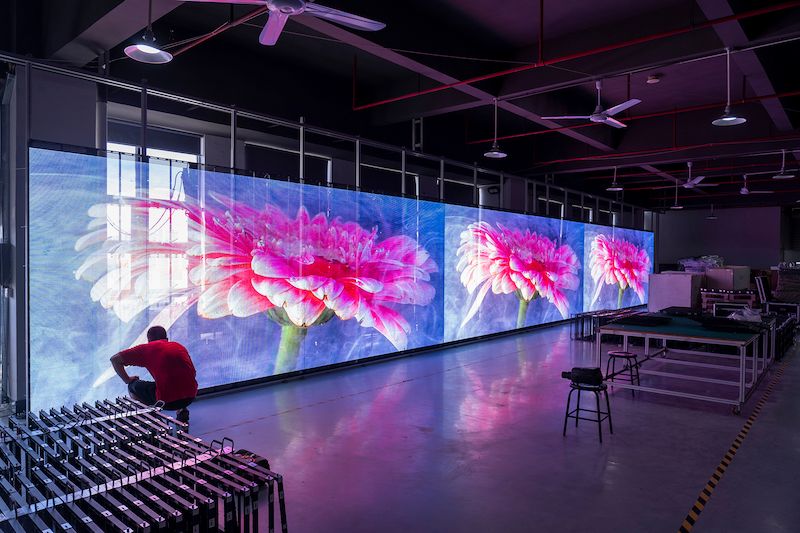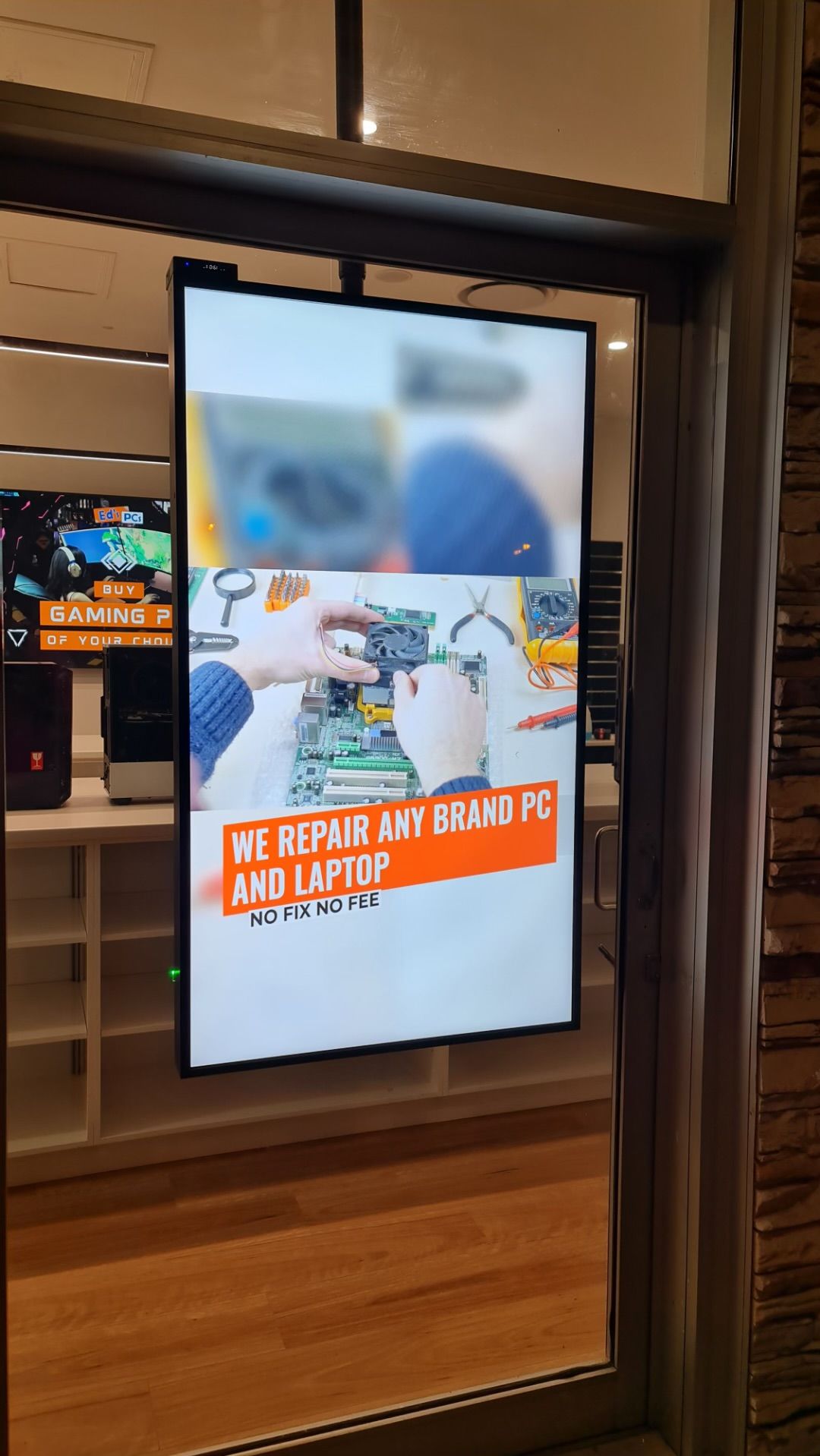Digital Signage
What is digital signage?
Digital signage refers to the use of digital displays, such as LCD screens or LED screens, to deliver dynamic and interactive content in various public or private spaces. It enables the dissemination of information, advertising, or entertainment through the use of digital media, including images, videos, text, and live feeds. Digital signage offers a flexible and engaging platform to communicate messages effectively, capture attention, and enhance the overall visual experience for a targeted audience.
What are the benefits of digital signage?
Digital signage offers numerous benefits for businesses and organisations. Some key advantages of digital signage include:
-
Increased VisibilityDigital signage captures attention with dynamic content, vibrant colors, and eye-catching visuals. It helps businesses stand out and attract customers in crowded environments.
-
Real-Time UpdatesDigital signage allows for quick and easy content updates, ensuring that information is always current and relevant. It enables businesses to display real-time updates, promotions, or announcements, enhancing customer engagement.
-
Cost-EffectiveWhile there may be initial investment costs, digital signage can be cost-effective in the long run. It eliminates the need for printed materials and manual signage replacements, reducing ongoing expenses. Additionally, businesses can generate revenue by displaying advertisements or sponsored content on their digital signage.
-
Targeted MessagingDigital signage enables businesses to deliver personalised and targeted messages based on location, time of day, or specific audience demographics. This customisation increases the relevance and impact of the displayed content.
-
Enhanced Customer ExperienceDigital signage improves the overall customer experience by providing valuable information, entertainment, and interactive elements. It helps customers navigate spaces, find relevant products or services, and creates a visually engaging environment.
-
Improved CommunicationDigital signage serves as an effective communication tool, allowing businesses to convey important messages efficiently. Whether it's internal communications, emergency notifications, or promotional campaigns, digital signage ensures that information reaches the target audience quickly and effectively.
There are many factors to consider when choosing what digital signage is right for your needs. As such, we try to make this process as simple as possible by working with you to determine: The required resolution, surface area available for mounting, type of content going to be displayed, what the ambient light conditions are, viewing angle required, what the distance to viewers will be and whether the display will be located indoor or outdoor.
After factoring in all these details we will be able to provide you a solution that will perfectly meet your requirements and be sure to enhance your brand impact.
All our digital signage solutions also have the option to be accompanied by our SignDirector software, allowing complete content management control from anywhere in the world through a simple to use web interface.
solutions
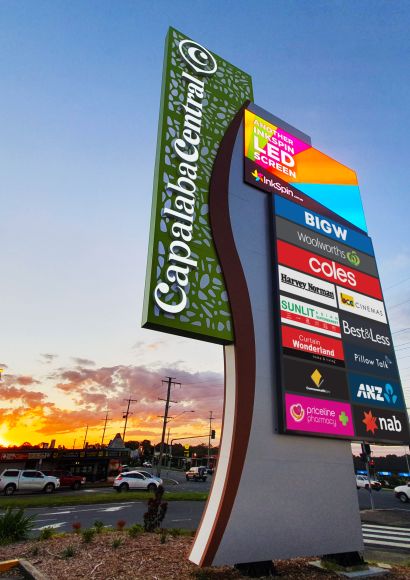
Outdoor Digital Signage
Outdoor digital signage can be used to engage with the community, attract attention to your business, run promotions or provide passers-by with relevant information. Unlike traditional billboards, the content on digital signage can be configured to allow instant remote changes and updates from anywhere in the world.
Applications
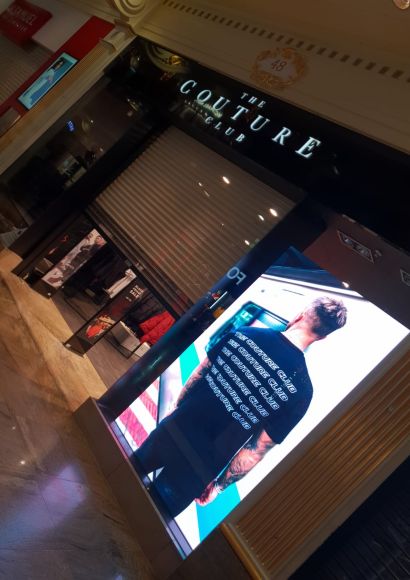
Indoor Digital Signage
Applications
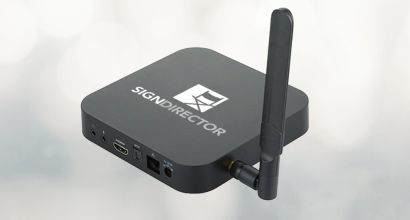
Digital Signage Players
Transform any HDMI compatible display into digital signage with our DIY digital signage players.
Both compact and powerful our players provide exceptional performance even in the most demanding environments.
Players are pre configured with our SignDirector content management software to allow control of content from anywhere in the world. Simply plug the device into your display, connect it to the internet and you will have instant signage up and running.
Technology
When it comes to digital signage, one of the most important decisions to make is which type of display to use. Although this may initially seem confusing due to the many different manufacturers and products available, when you break it down simply you are generally left with a decision between two main types of displays; LCDs and LEDs.
LCD
LCD displays are often seen in smaller more consumer-driven displays, such as computer monitors or TVs. This option is ideal for small applications where an affordable but high-quality display is needed. Additionally, due to the wide range of connectivity options, these displays are very versatile. Where LCD displays tend to become limiting is in larger applications where stacking multiple displays together will have obvious bezels between them. The brightness of LCD displays are also generally not adequate for outdoor applications in the daylight.
LED
LED displays are often used in larger applications and are typically built from multiple panels that are able to be seemlessly connected together. These can be customized and scaled to any shape or size, making them perfect for anything from retail shop front displays to large format billboards.
When opting for an LED display there are a few variations to LED technology however the most notable are DIP and SMD LEDs. In the past you would almost exclusively find that DIP LEDs were used for outdoor displays and SMD LEDs were used for indoor displays. This was due to a couple of reason, the first being that DIPs were a lot brighter than SMDs while SMD LEDs provided a better image and viewing angle. However, due to improved technology this is no longer the case, you can now find SMDs just as bright as DIPs while still maintaining the better image and viewing angle. Most modern digital billboard will use SMD technology.
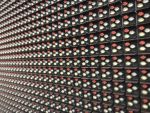
DIP LED
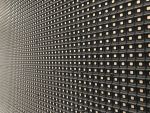
SMD LED
Aside from the technology, products available to the market can also vary greatly in quality. It's important to understand what you are getting as inferior products can negatively impact operating temperatures, lifespan, visual quality, and reliability.
Our LED displays use aluminium cabinet that provides exceptional strength without adding unnecessary weight, they are both front and rear serviceable, with the added benefit of being resistant to corrosion. Additionally, as there is often moisture and salt in the air, our cabinets and power supplies feature a fanless cooling design and gold wire technology. This will prevent corrosion of internal hardware and prolong operating life, resulting in a LED display intended for years of operation.
We understand there is a lot to consider and we make it our priority to work with you to determine the best solution for your project.
Terminology
-
LED
LED is the abbreviation for a Light-Emitting Diode which refers to a semiconductor device that emits a light when an electrical current is passed through it.
-
Resolution
Resolution refers to the number of pixels that make up a screen, both horizontally and vertically. So, a screen that has a resolution of 1920 x 1080, has 1,920 pixels horizontally and 1,080 pixels vertically. The higher the number of pixels, the sharper and more detailed the displayed image quality is.
-
Pixel
Pixel refers to a single point in a display or computer image. Each pixel displays a specific colour that is made through some blend of Red, Green, and Blue. When these individual pixels align together they form an image.
-
Pixel Pitch
Pixel Pitch refers to the distance between pixels as measured in millimeters. When comparing two displays of the same size, the displays with a smaller or more narrow pixel pitch will have a higher resolution.
-
CMS
CMS is the abbreviation for Content Management System and refers to a software application that allows users to build and manage content. In digital signage, a CMS will allow you to create/upload content, assign it to a playlists, and then schedule the date and times for it to play on a specified screen. As this can all be done remotely it elimintes the need to attend site to perform content updates.
-
Sending Card
Sending Card refers to the unit responsible for converting an input video signal (HDMI / DVI) into a format that an LED screen can interpret. In most cases, a media player will be connected to the sending unit using HDMI, inputing a signal which will then be output to the LED screen using a conventional CAT6 network cable.
-
Receiving Card
Receiving Card refers to the unit responsible for distributing the image and video information received from the Sending Card to each of the LEDs that make up the screen, in order to create a complete image. This process is done in real-time requiring fast transfers and coordination between all the components of the display and the Sending Card.
Products
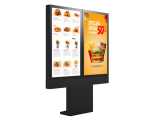
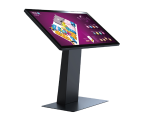
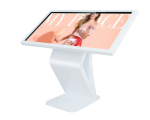
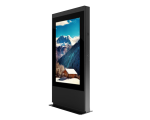
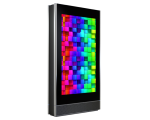
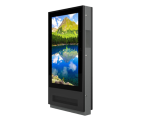
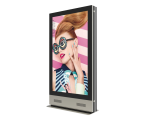
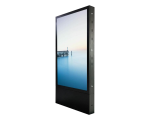
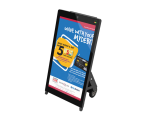
Packages
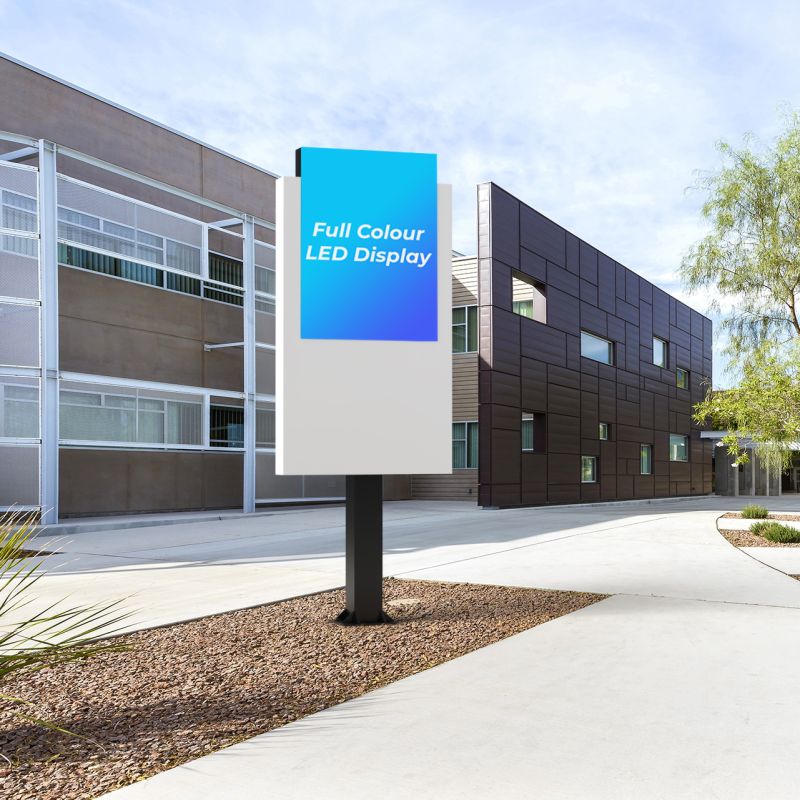
Digital Monolith - A
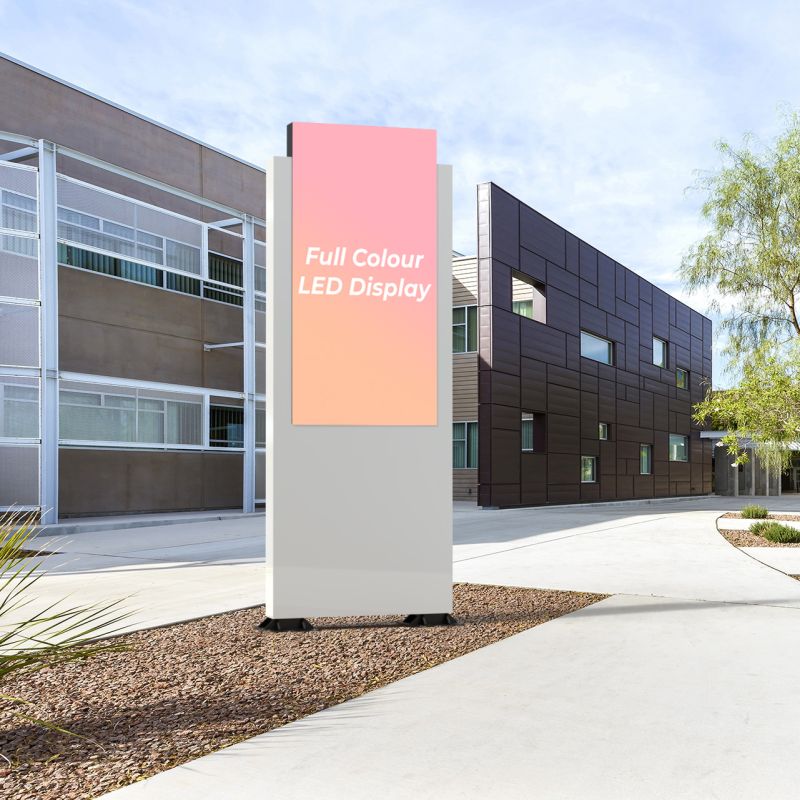
Digital Monolith - B
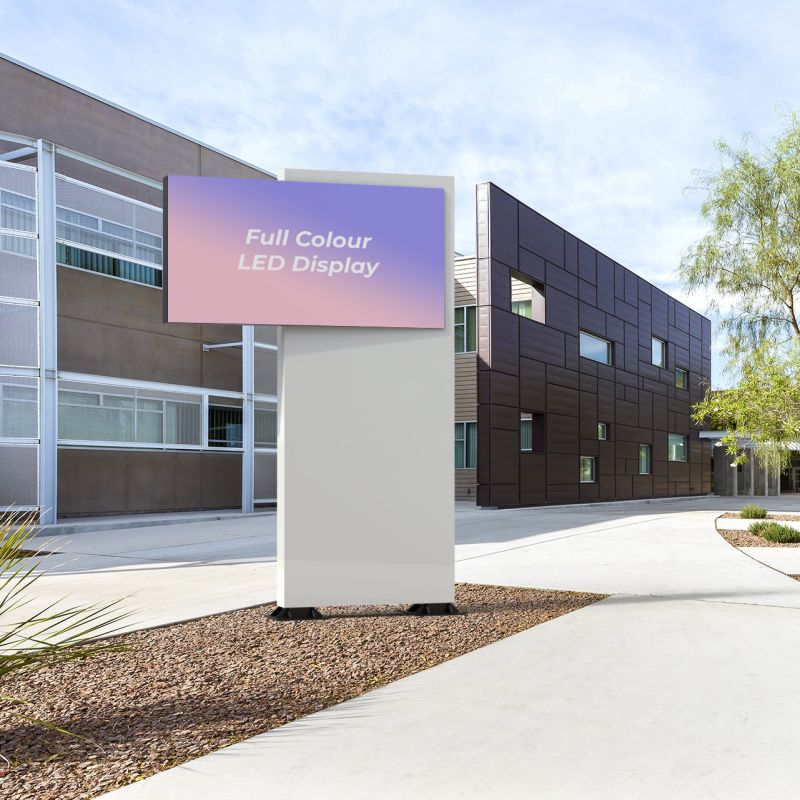
Digital Monolith - C
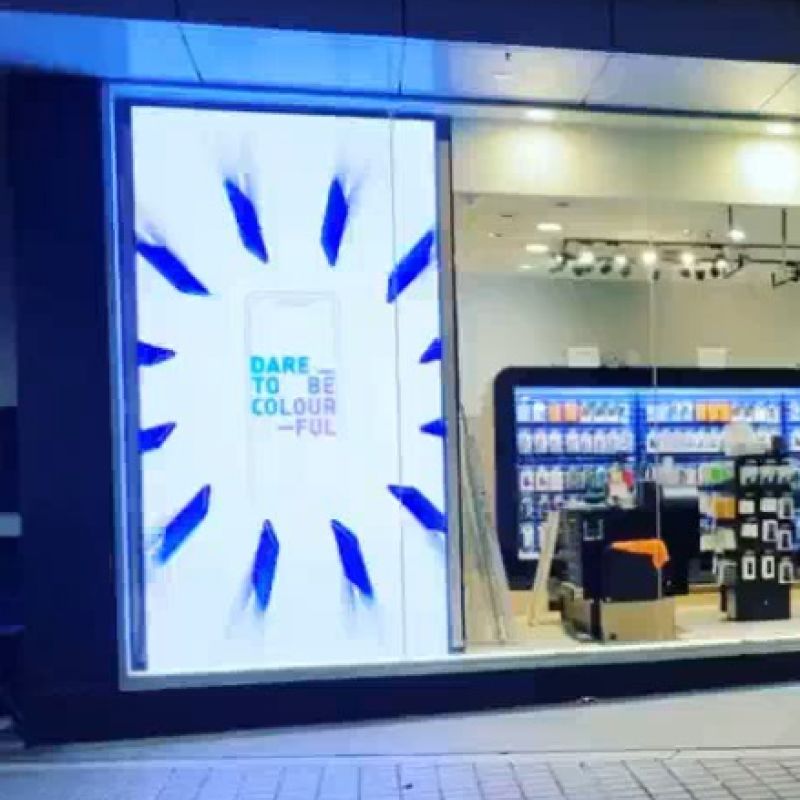
LED Video Wall - A
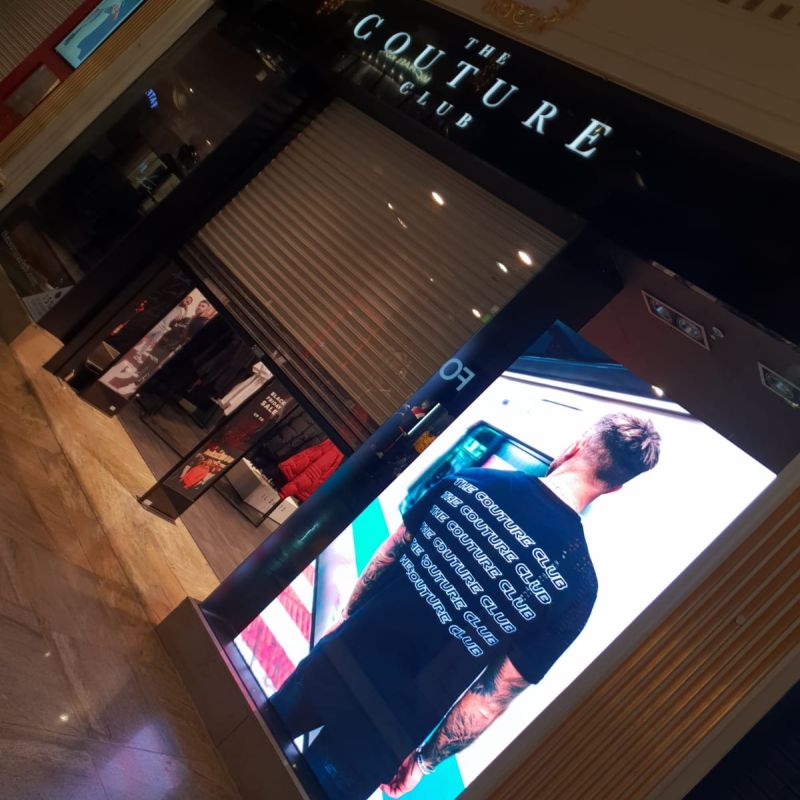
LED Video Wall - B
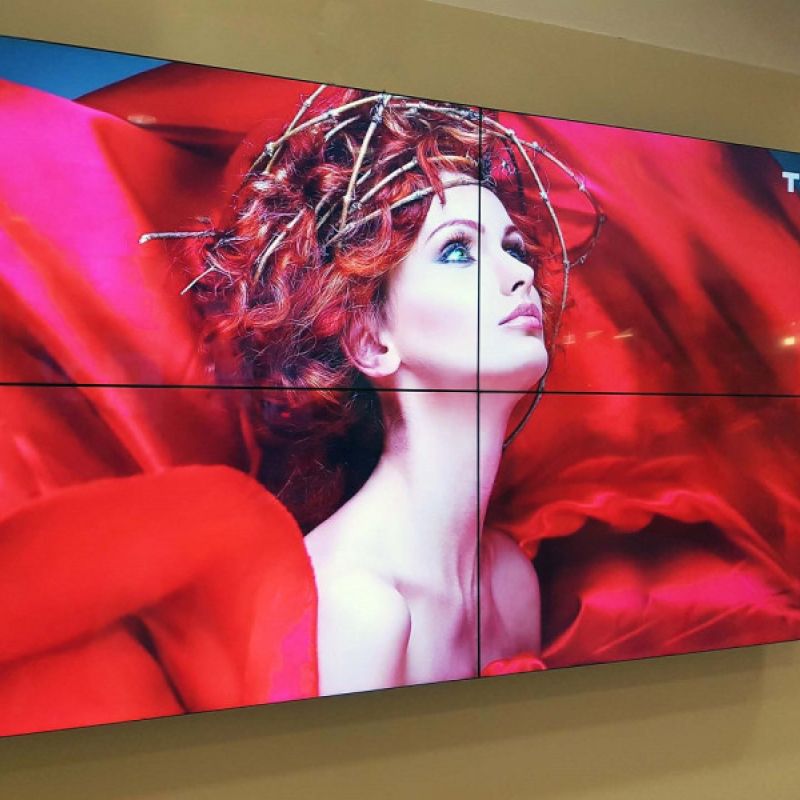
LCD Video Wall
Design
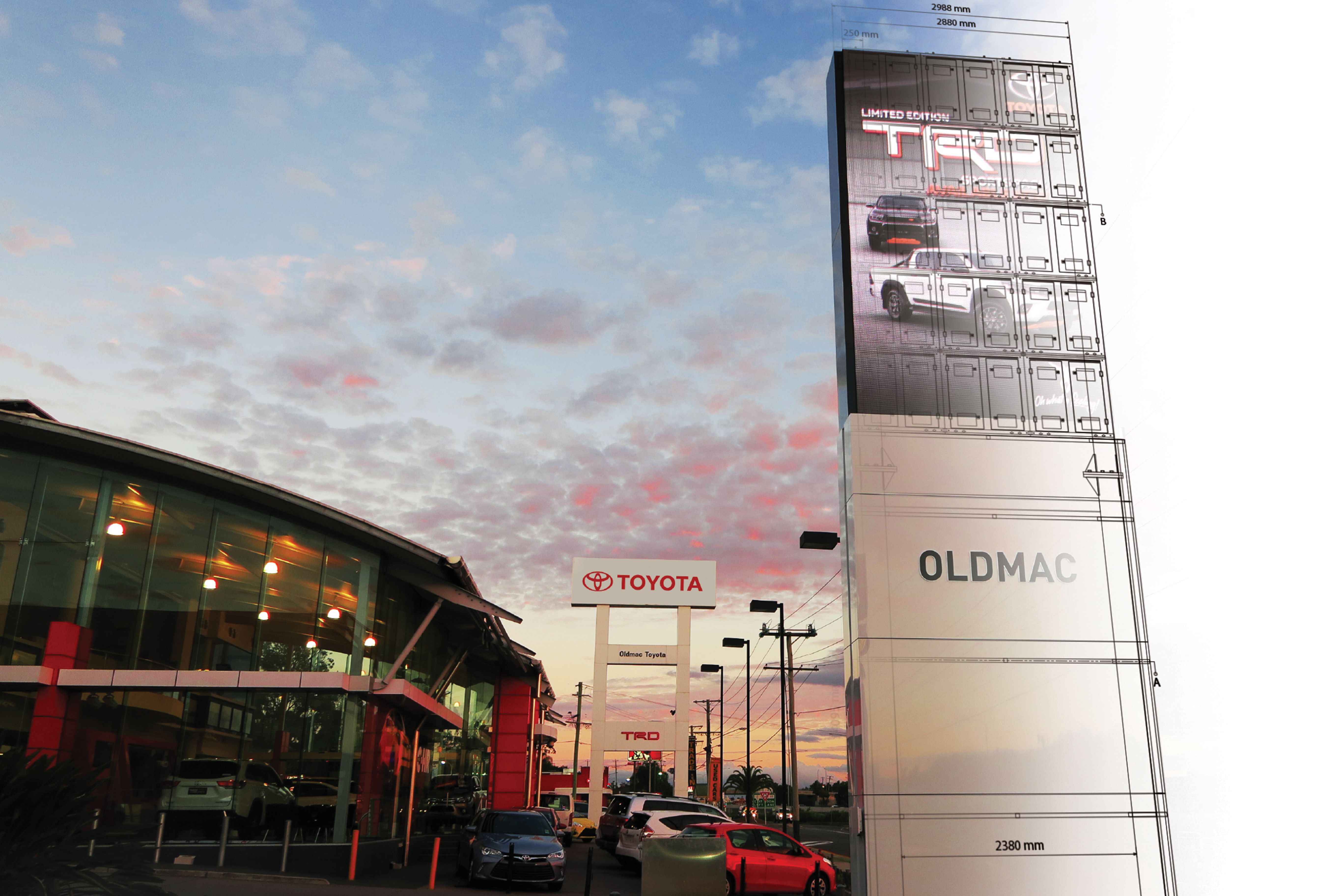
Manufacture
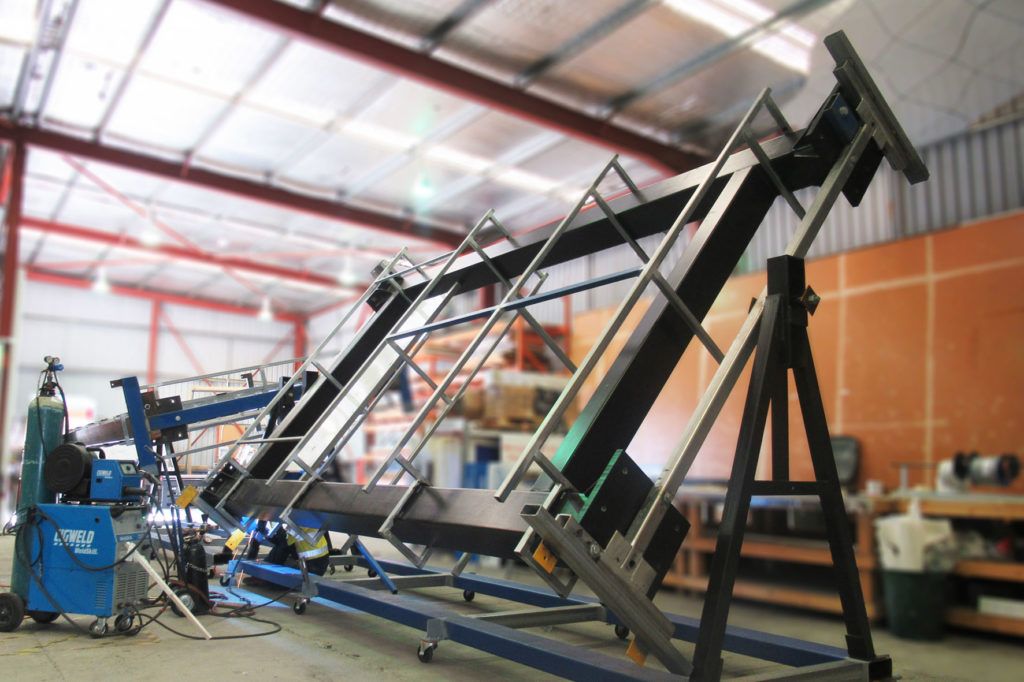
Install
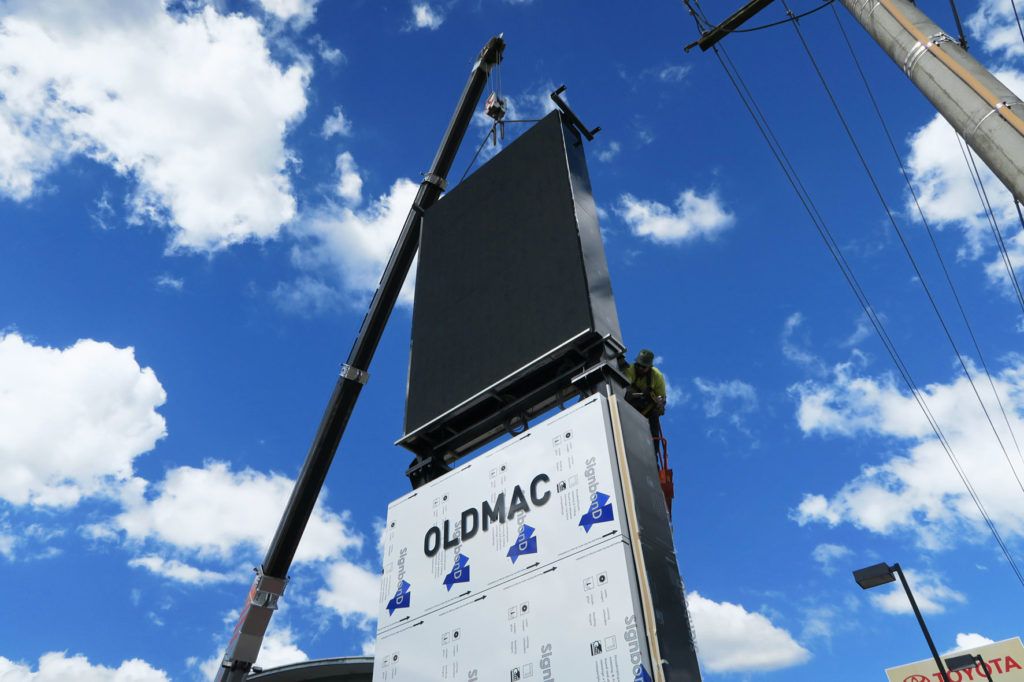
Our team encompasses a diverse range of skills across design, production, and management disciplines all with the shared vision to guide, inspire and deliver. We are approachable, customer focused, and love taking on new challenges. Contact us to begin planning your next signage project.
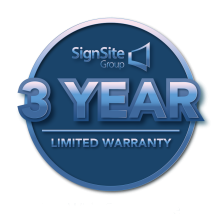
satisfaction guaranteed

"Great work team!!! Thank you for delivering on such short notice. Another great experience working with the SignSite team!!!"

"Looks fantastic. Appreciate the hard work." - Benjamin Chiarella, CEO

"Thank You for the flawless end to end process."

"Carl's Jr relies heavily on brand appearance, this could not be achieved without our valued signage provider SignSite Group. They provide exceptional service and attend to us when we need them the most"

"When it comes to the signage requirements for my business I have never looked to anyone else other than the team at Sign Site. They certainly deliver on there brand promise of Expertise, Confidence and Value. Thank you ... keep up the great work."

"Your team was very well-organised and easy to work with. Thanks guys and please extend our thanks to your team." - Phil Hollywood, CEO
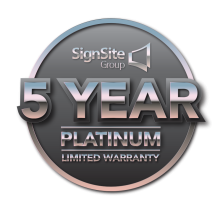
Get In Touch
Or send us a message! We are ready to elevate your brand by creating the signage your company deserves.

Locations
- QLD
- NSW
- VIC
- SA
- WA
Solutions
Products
Builder Licences
QLD
VIC
TAS

